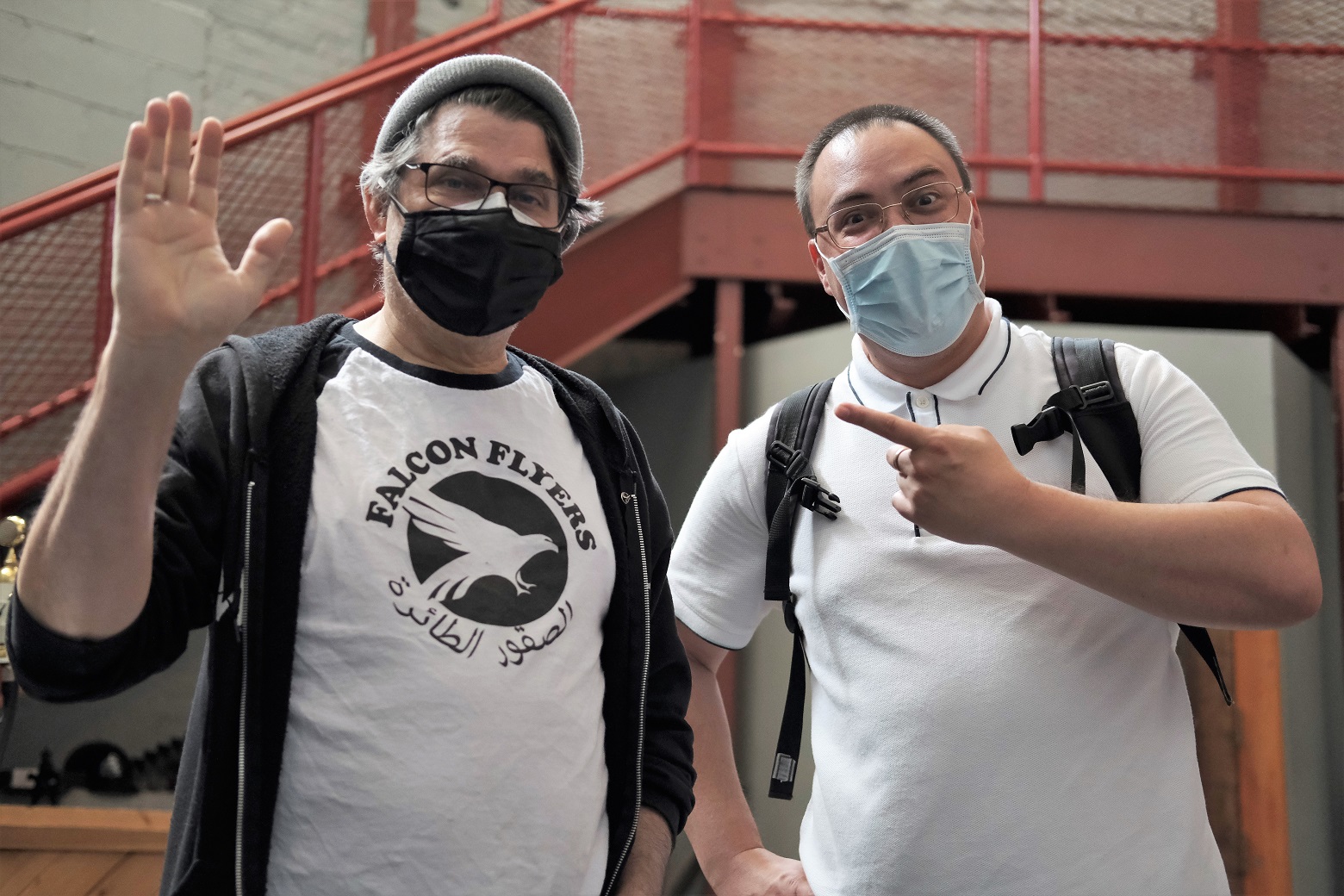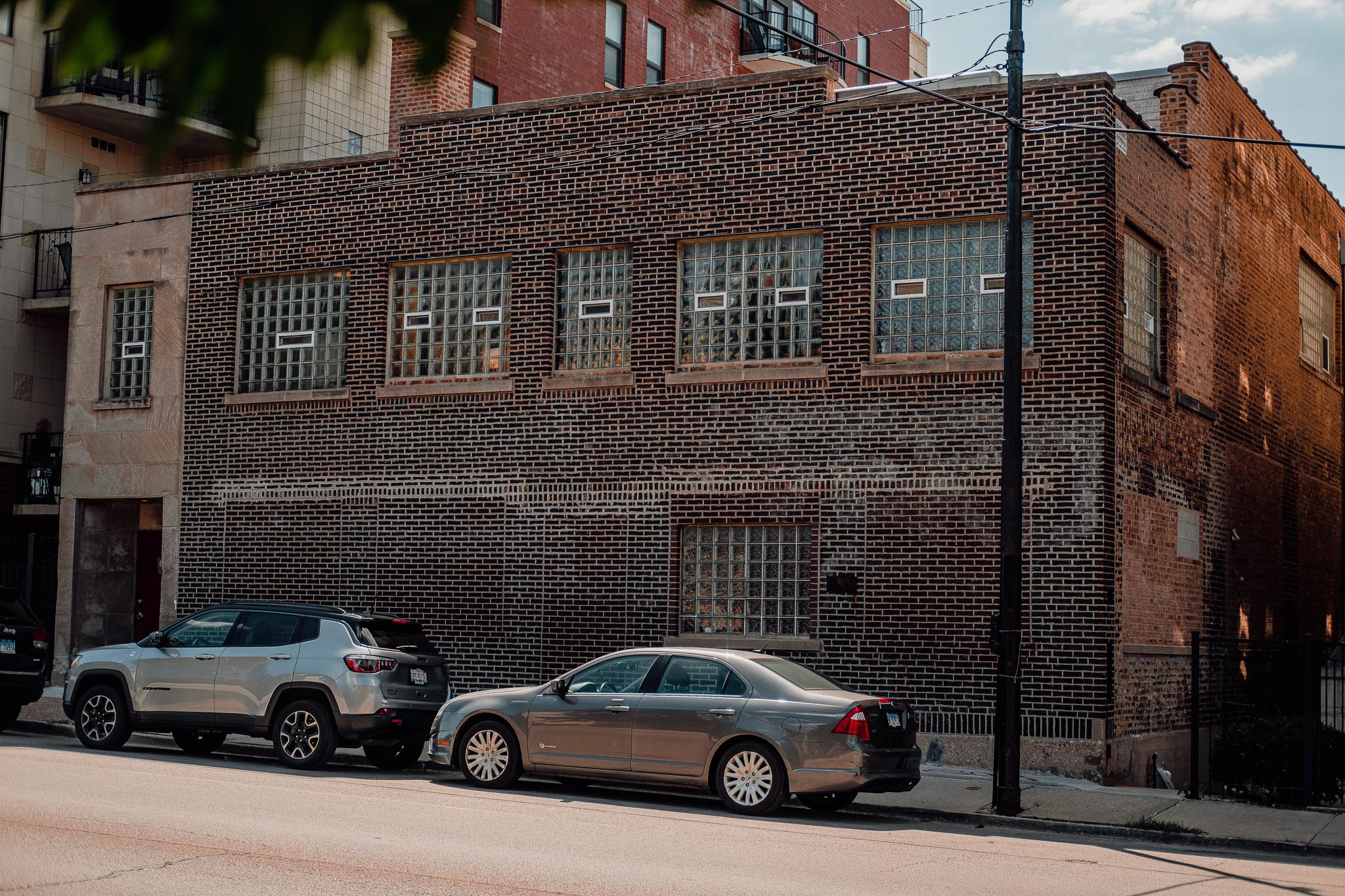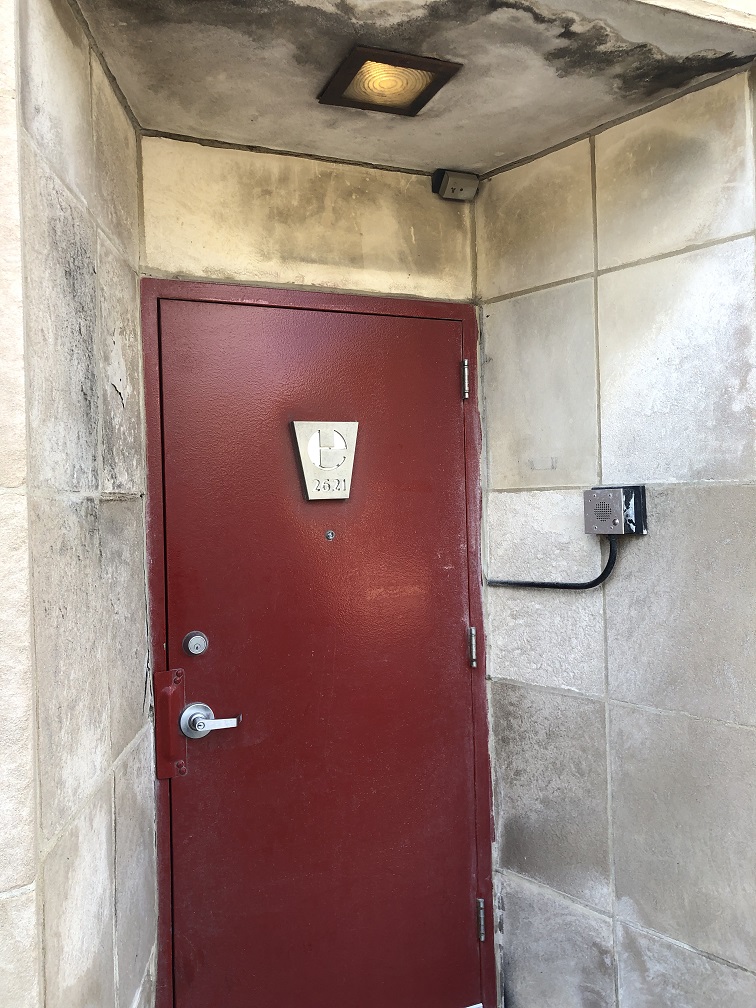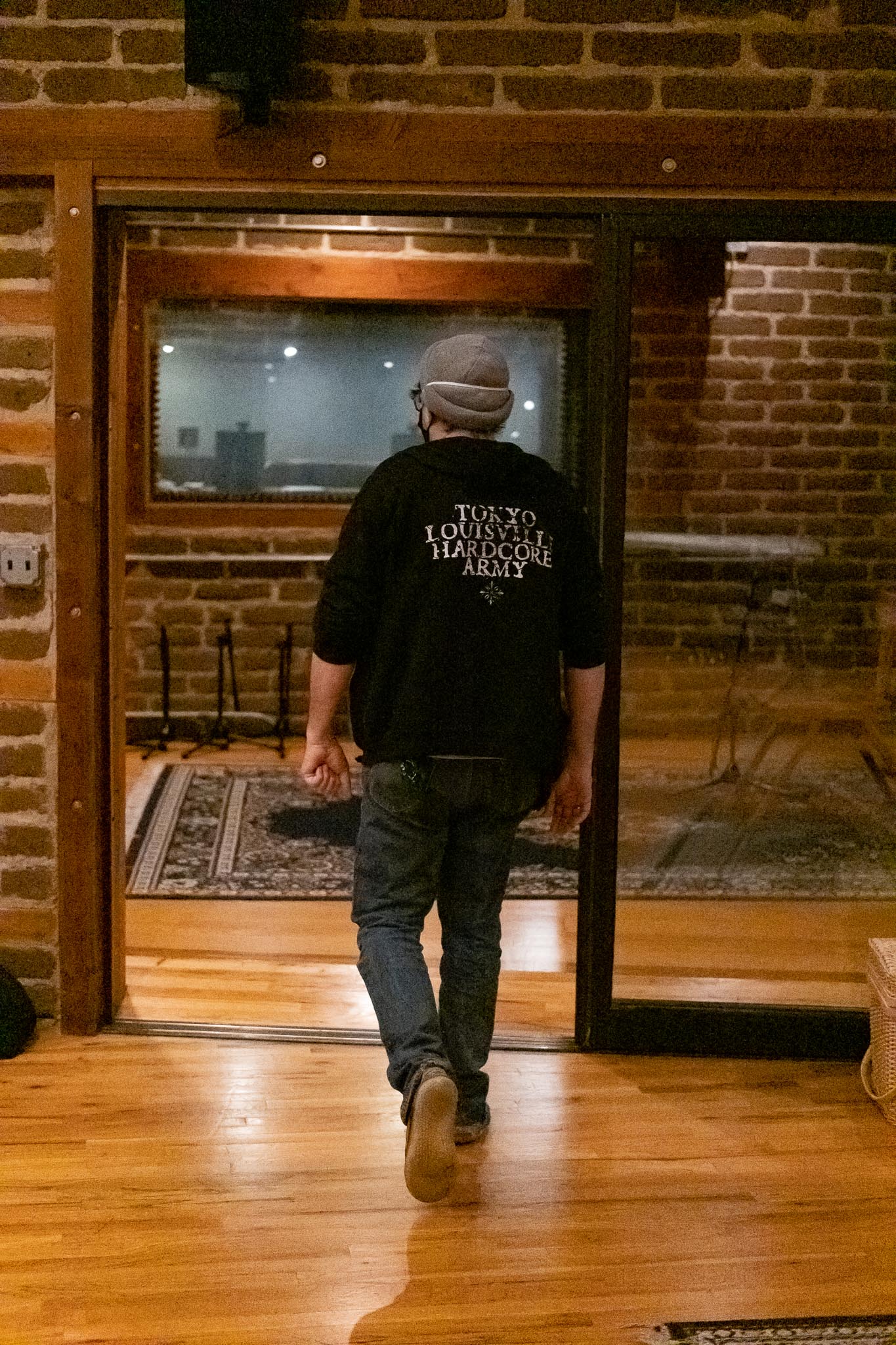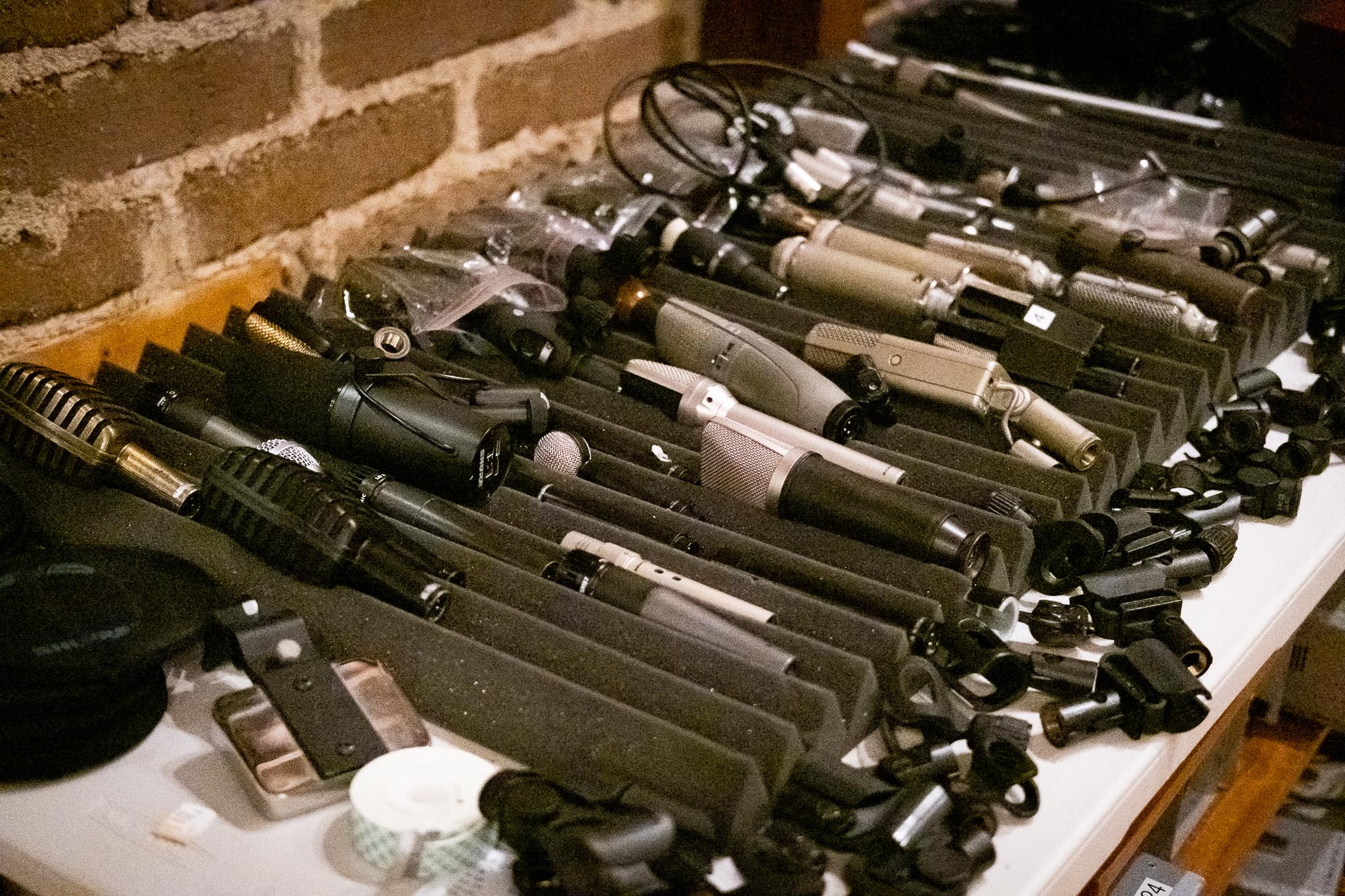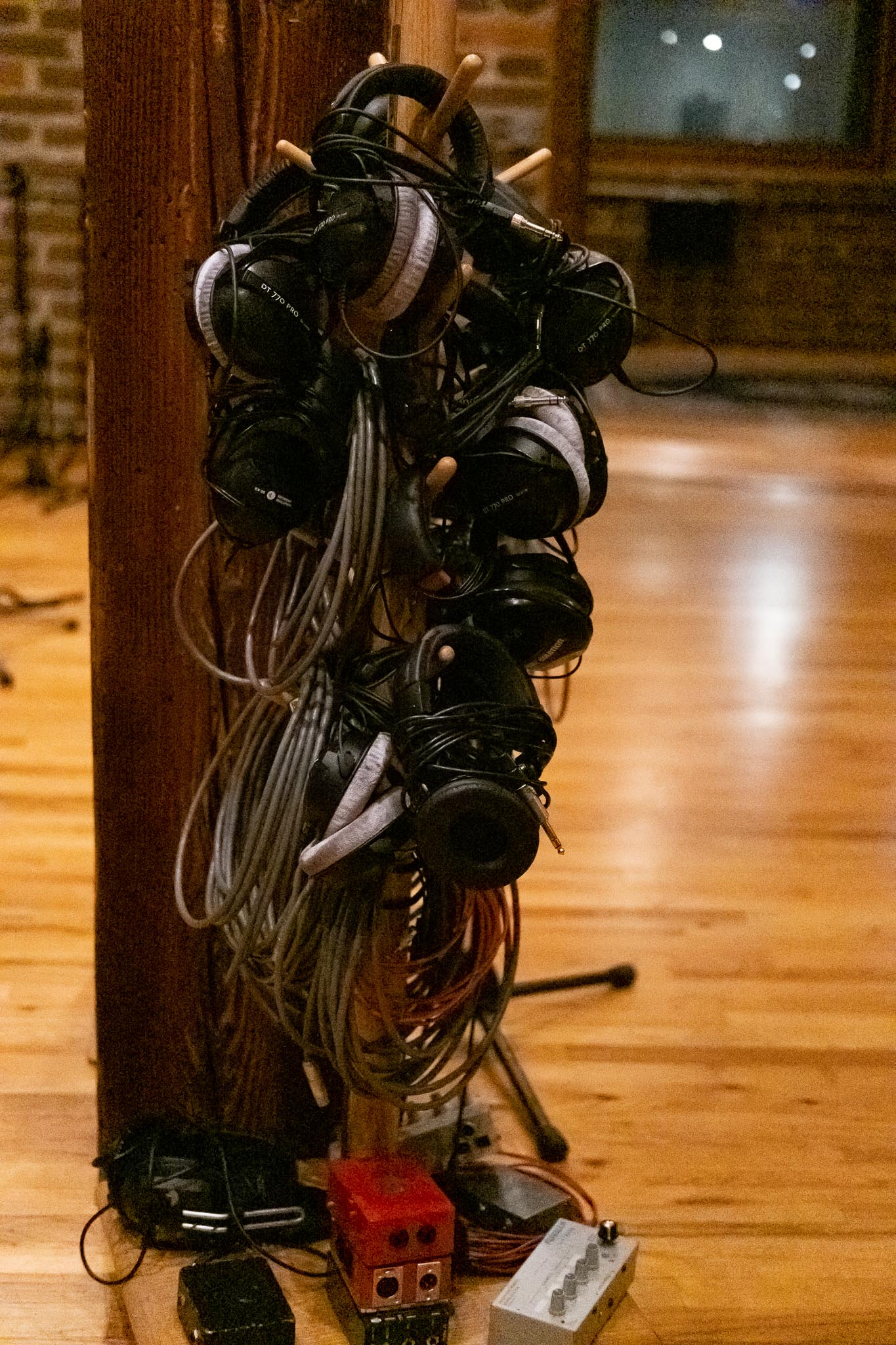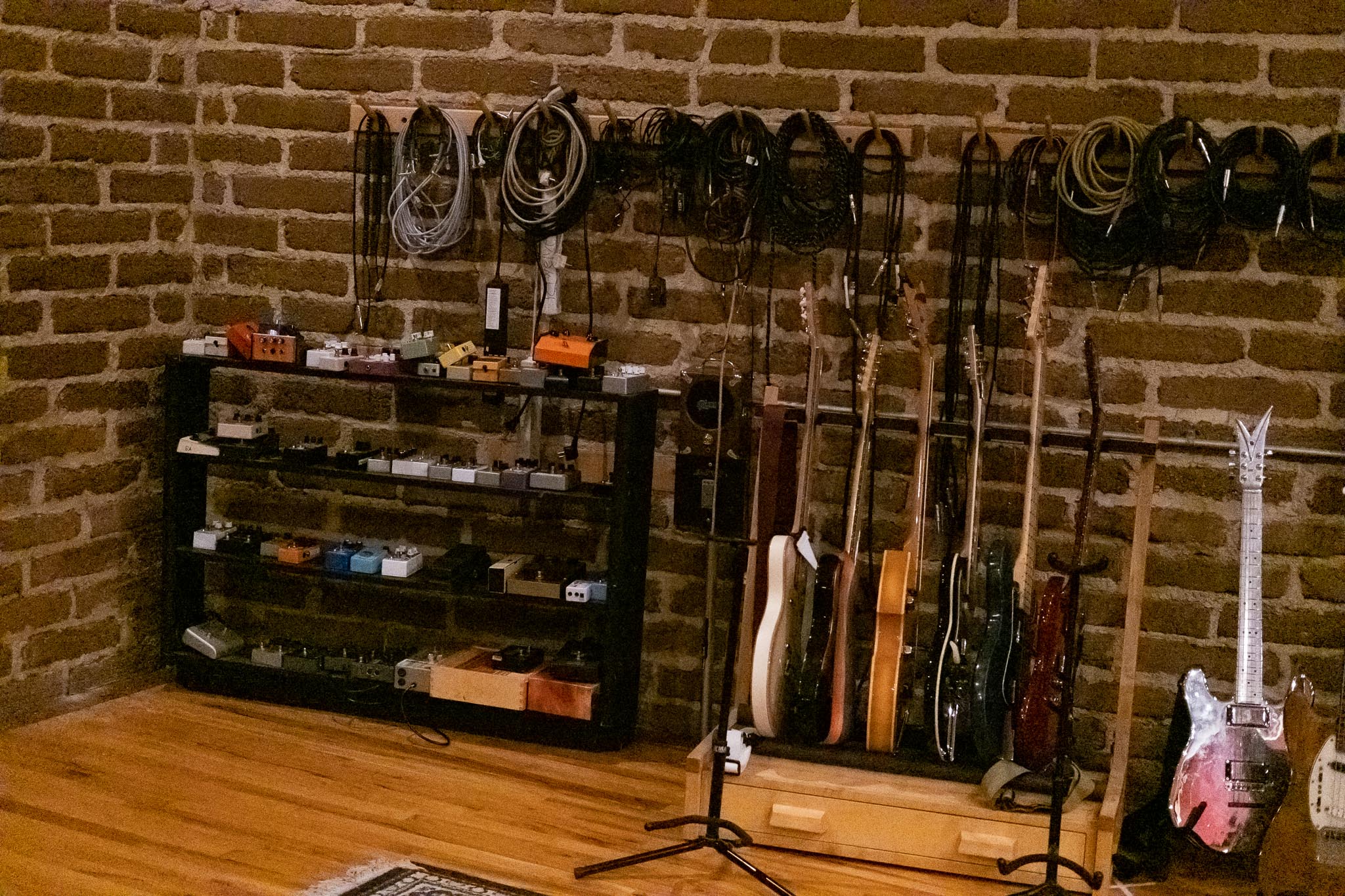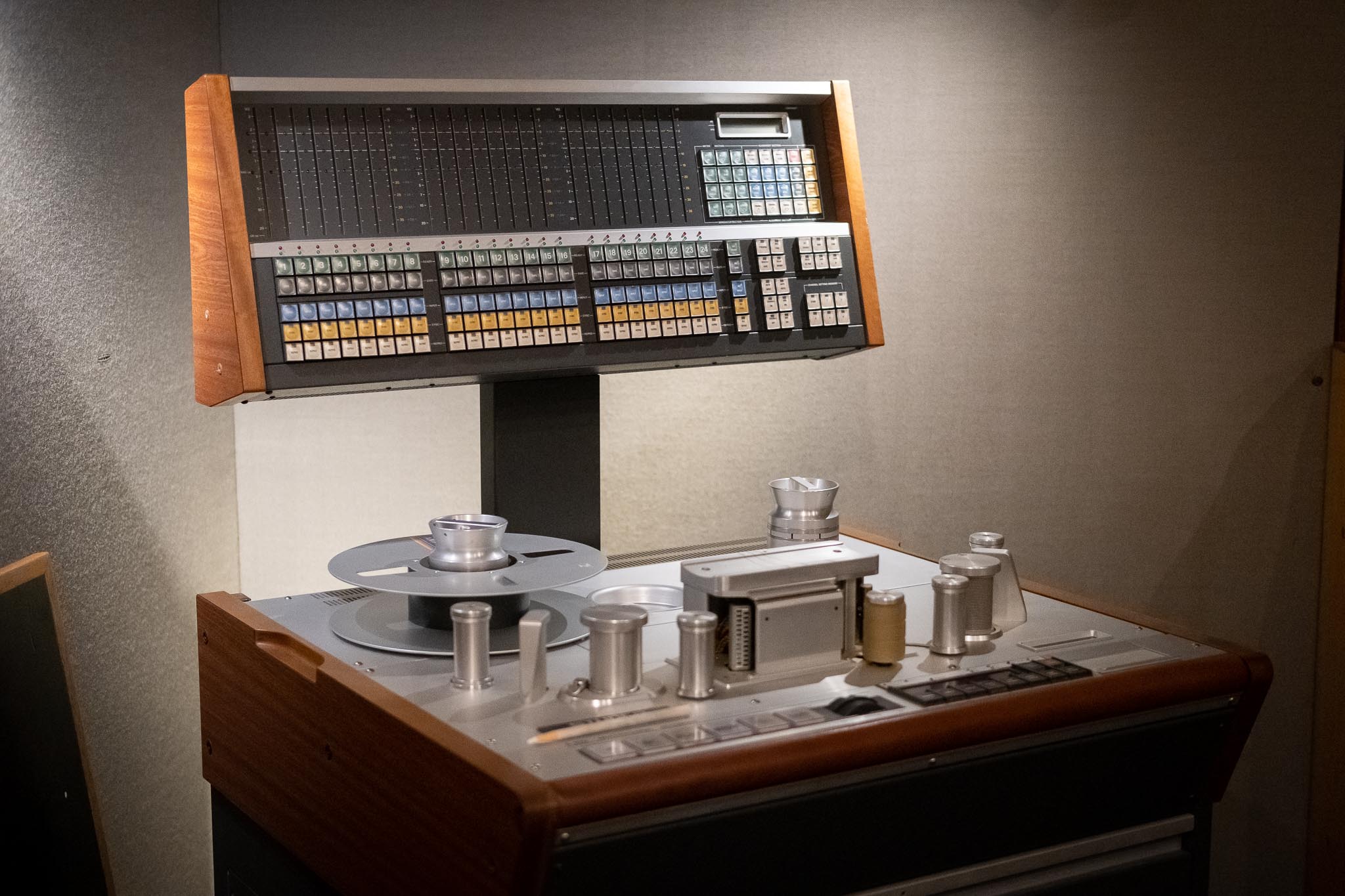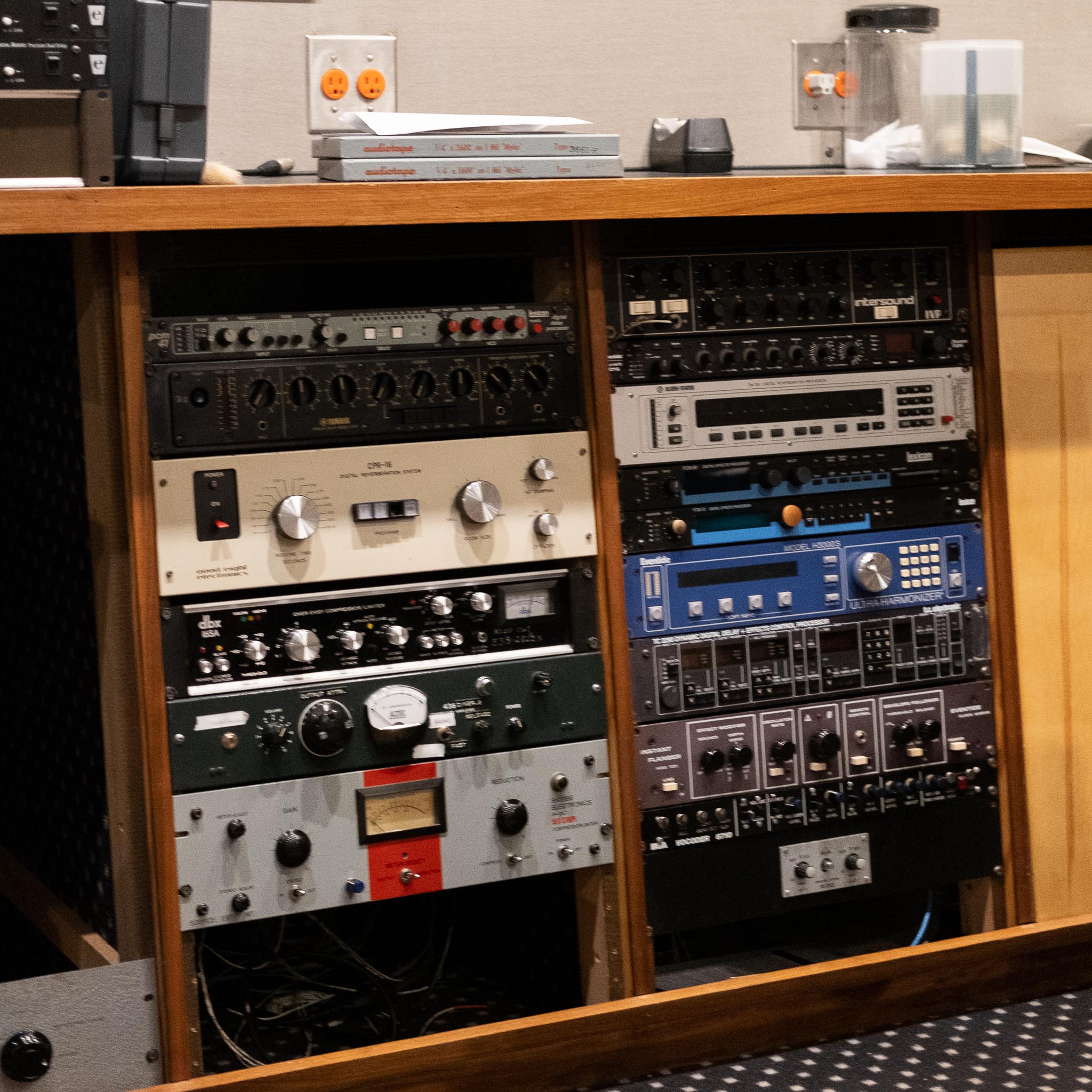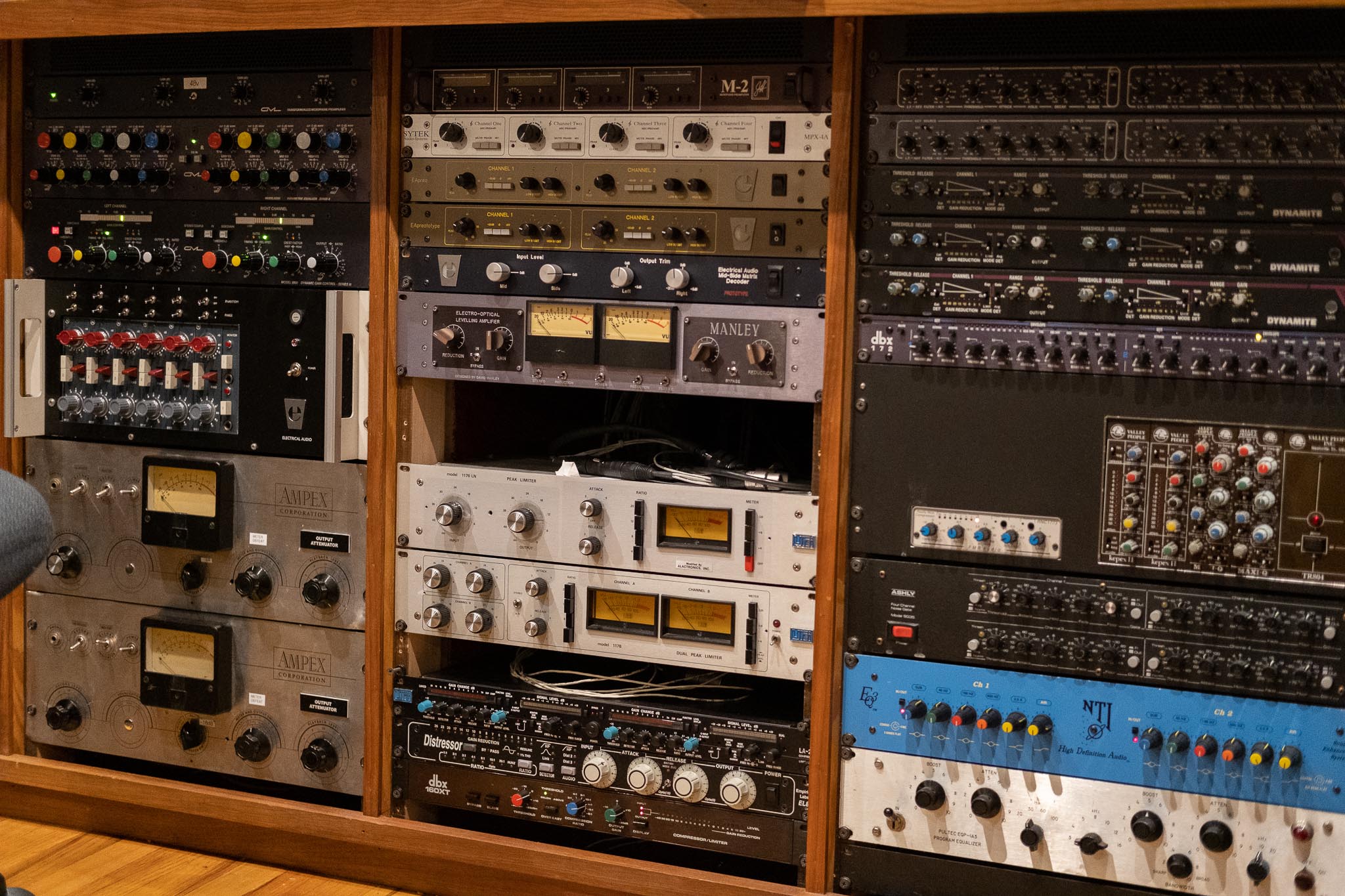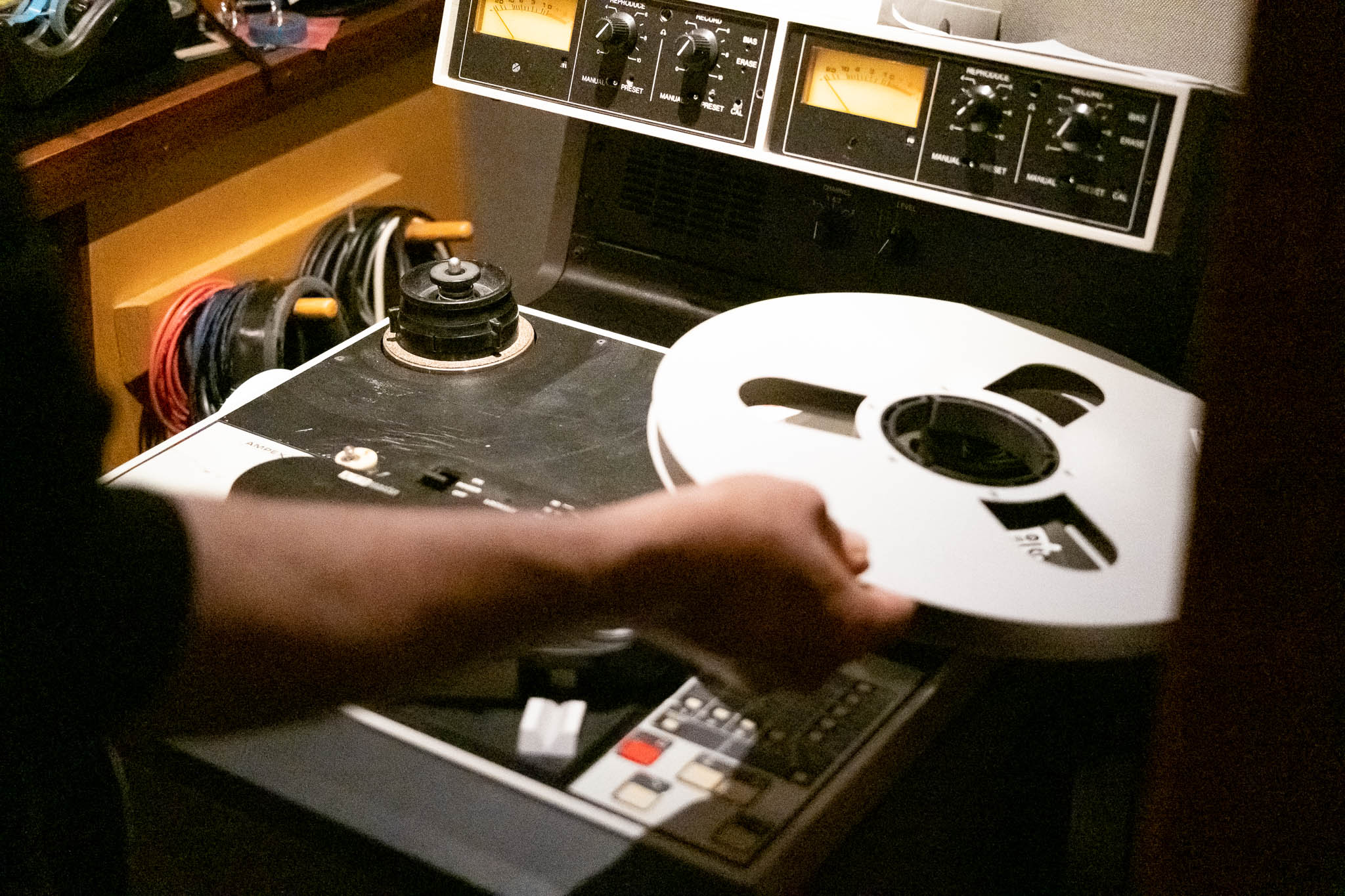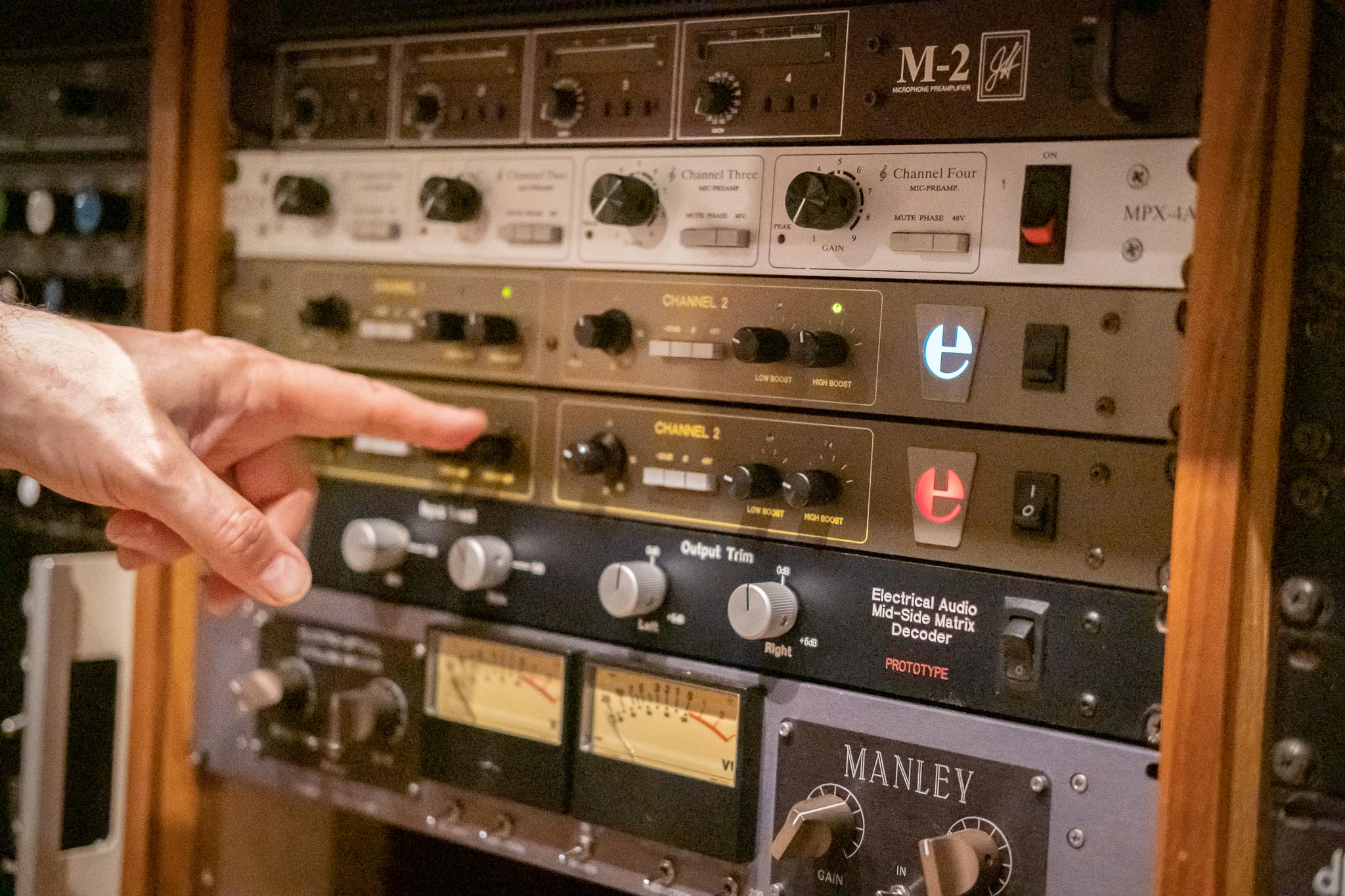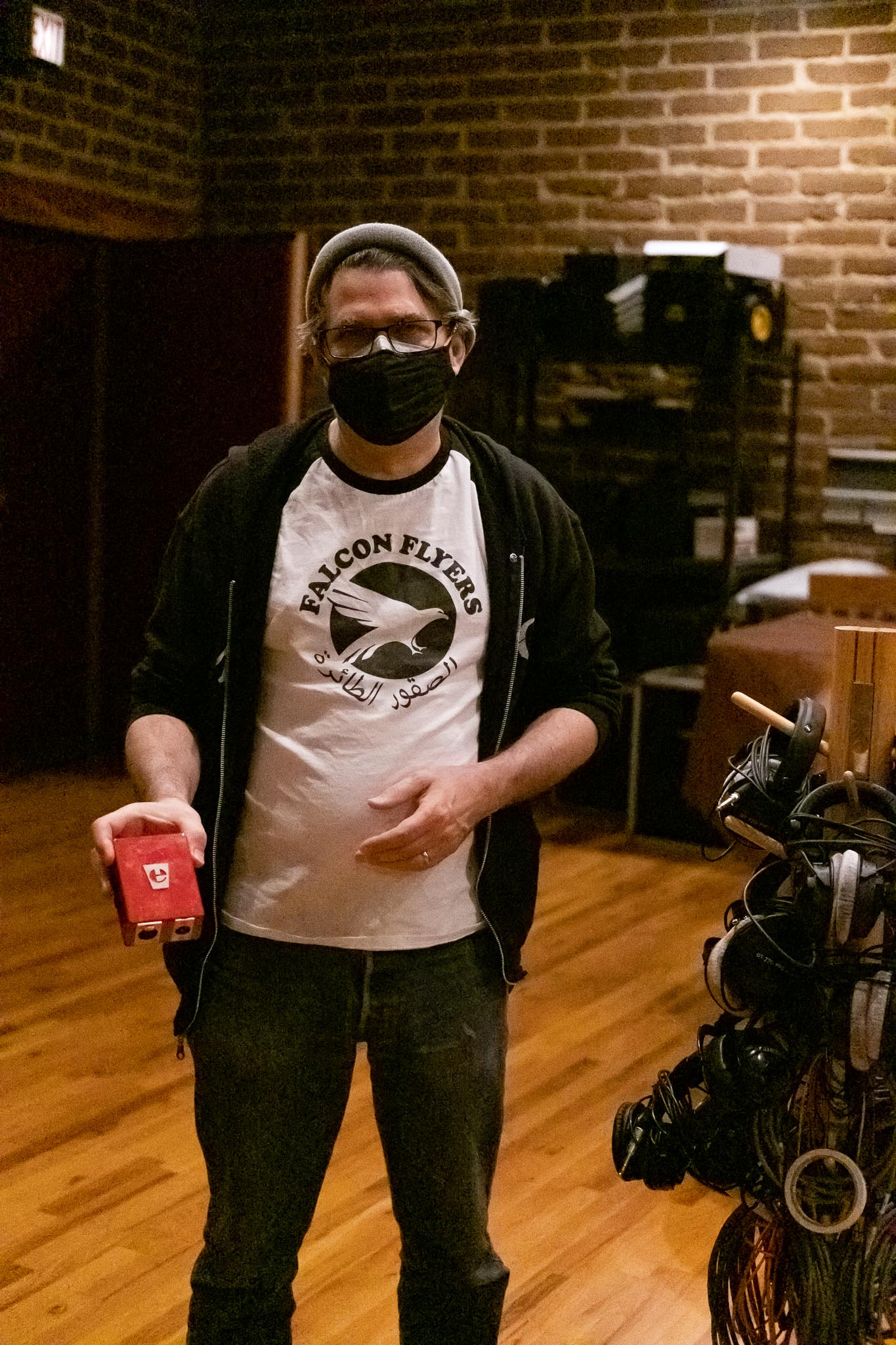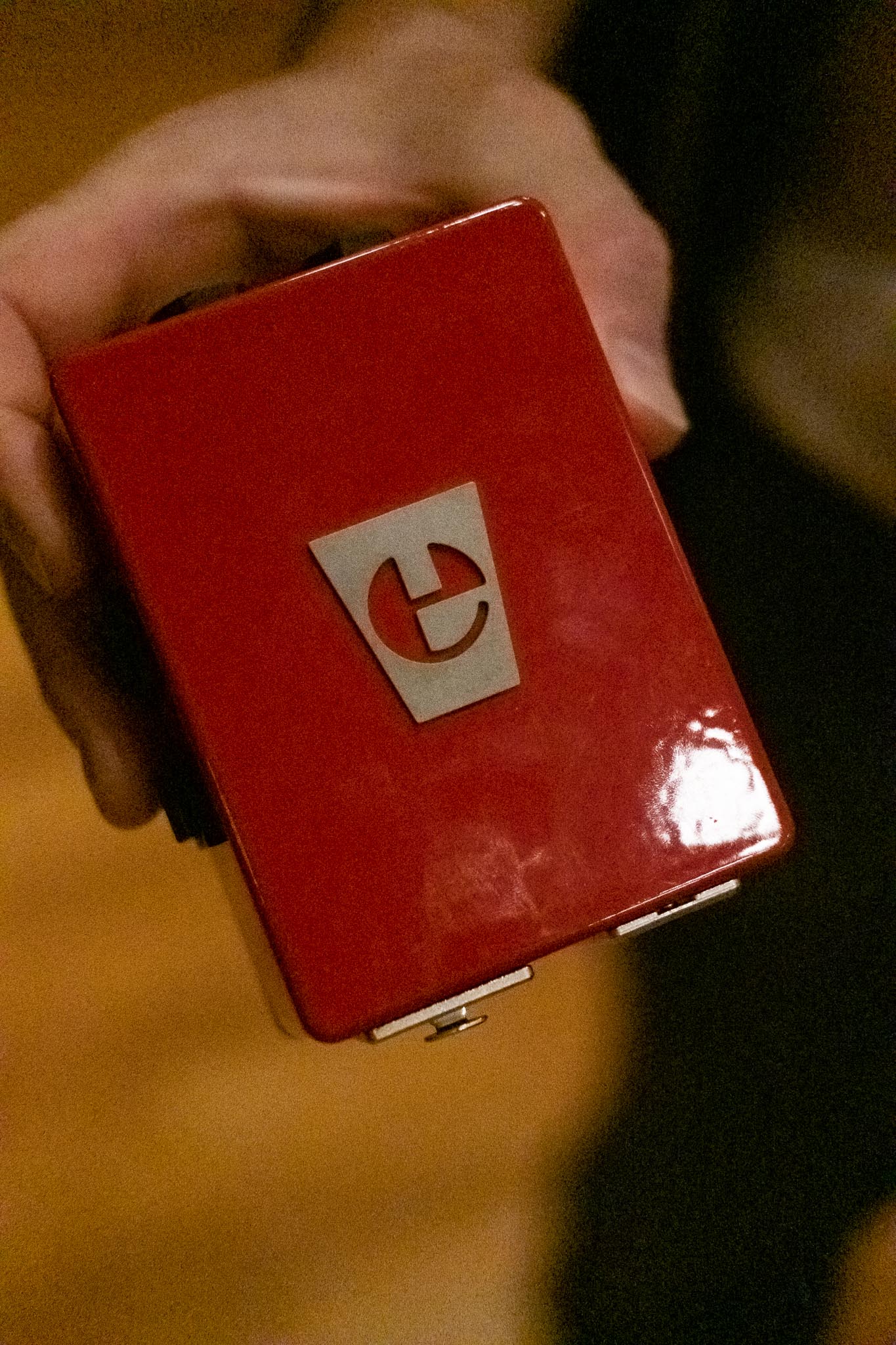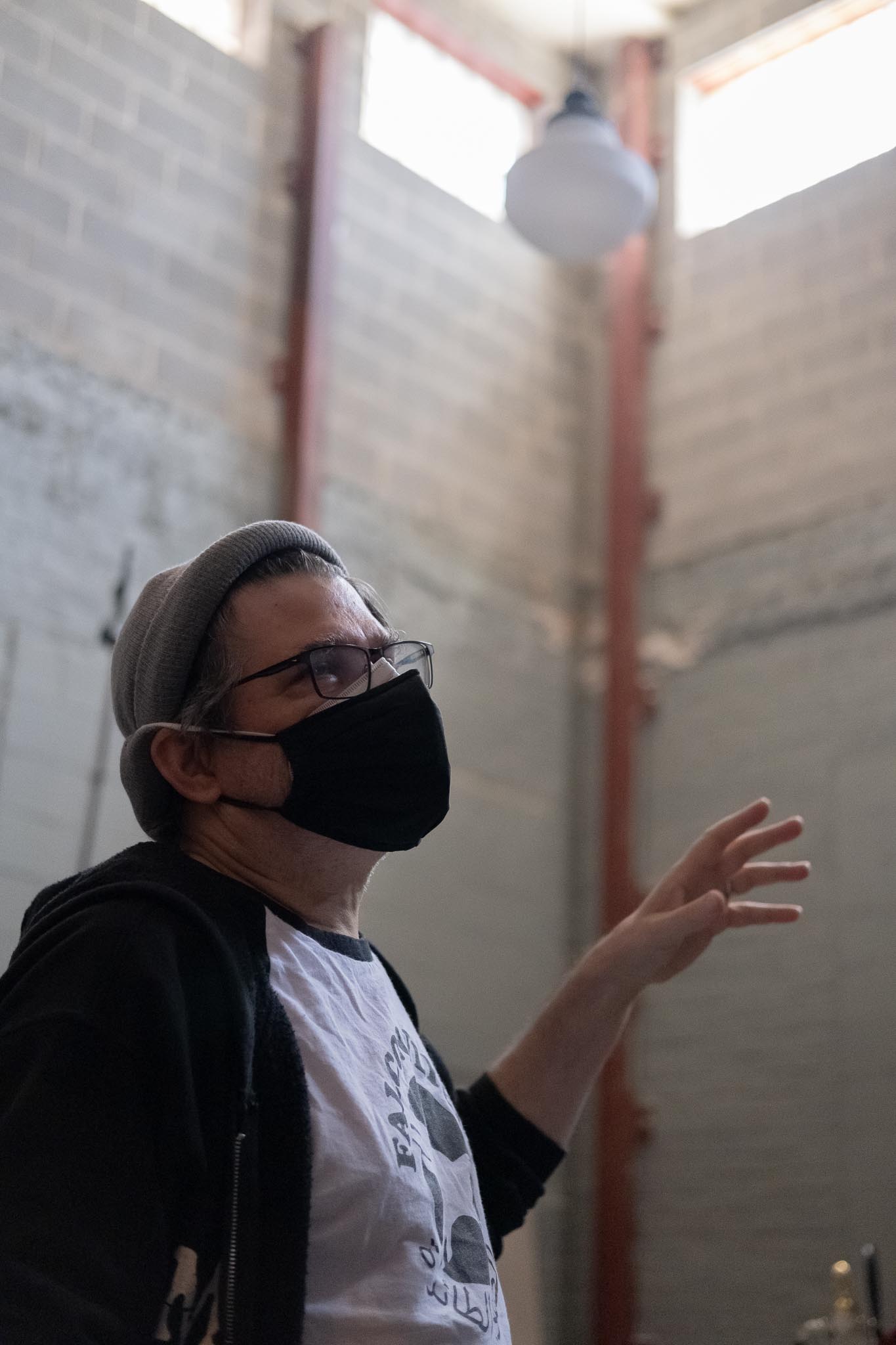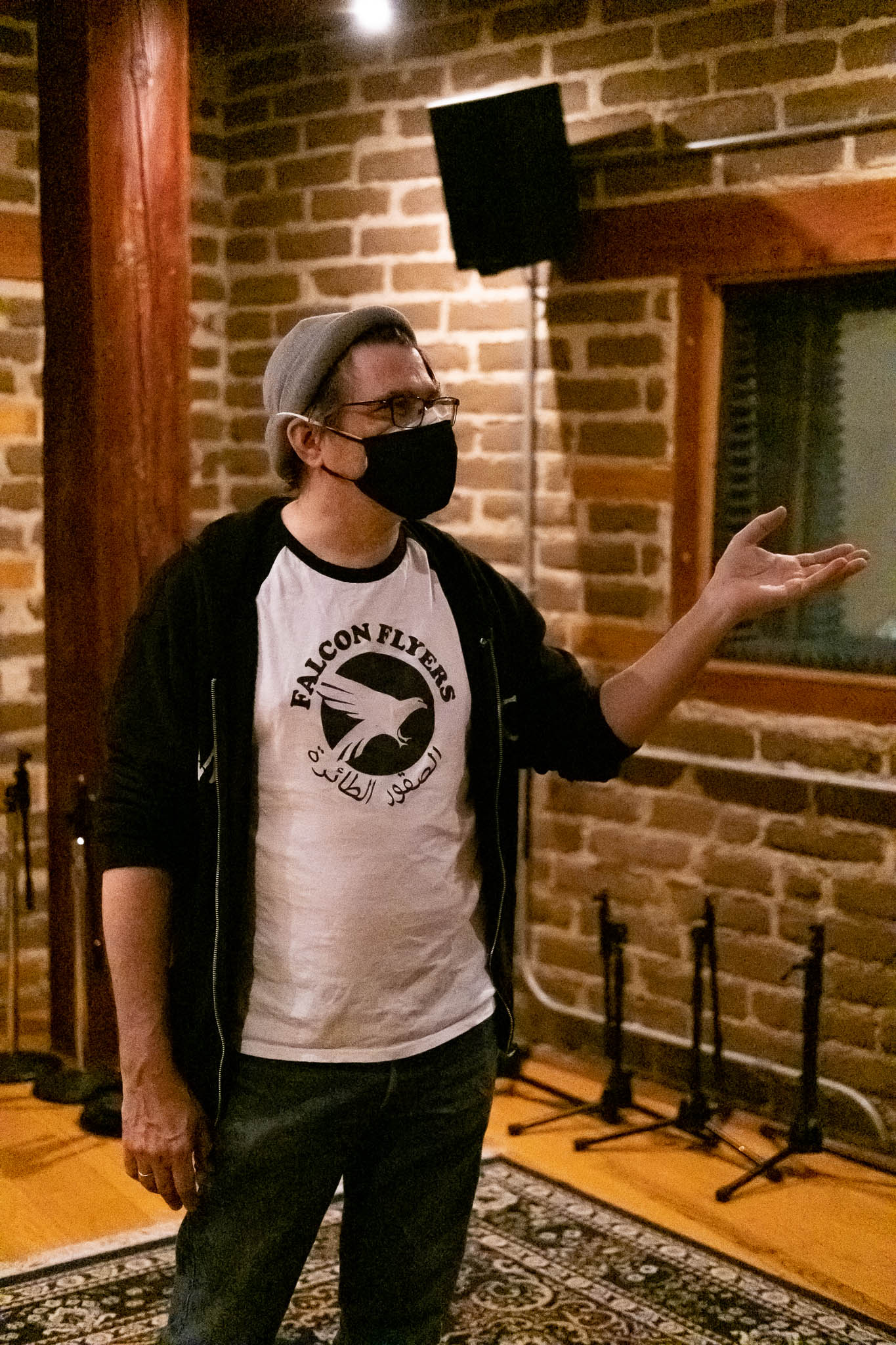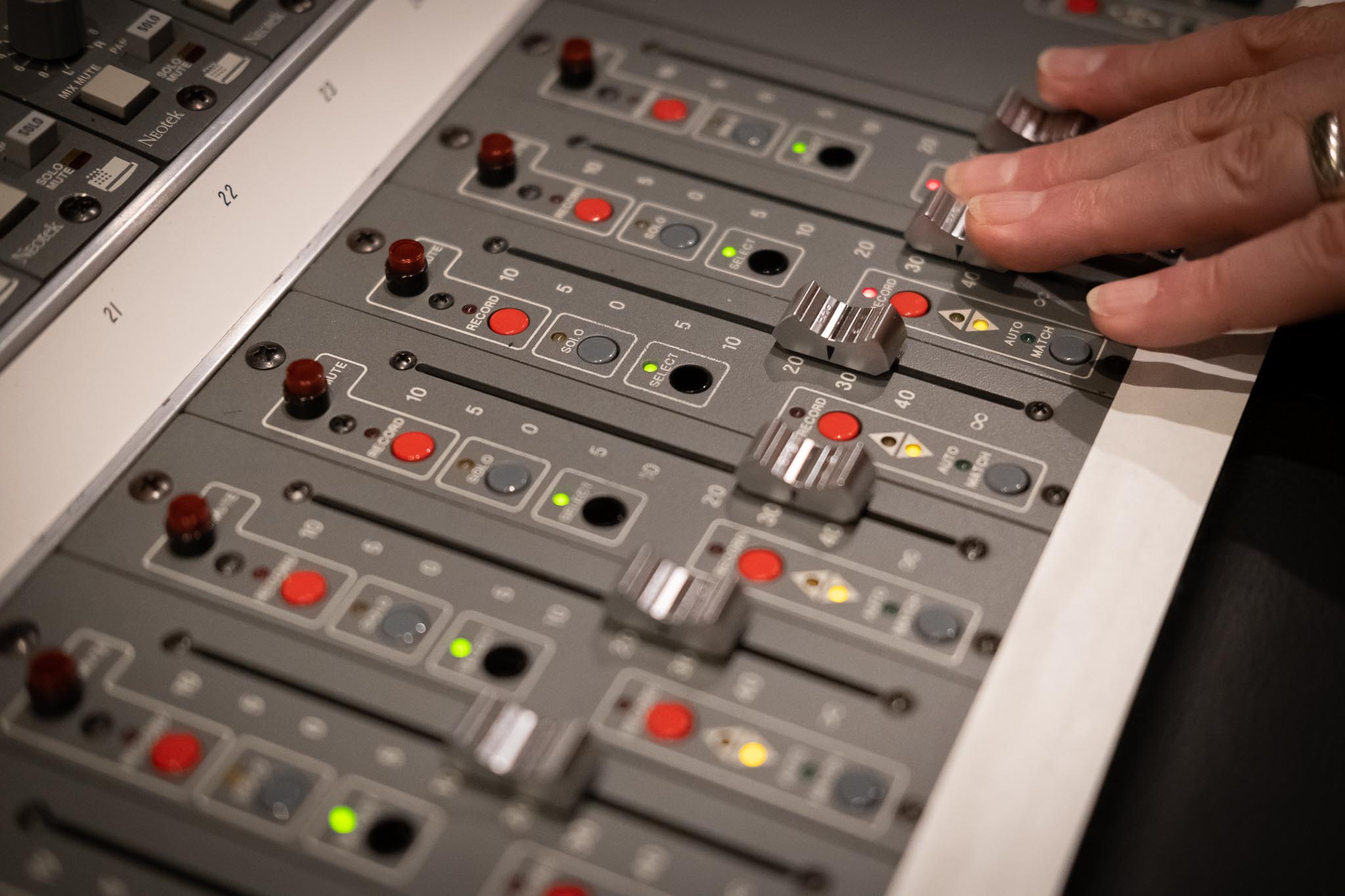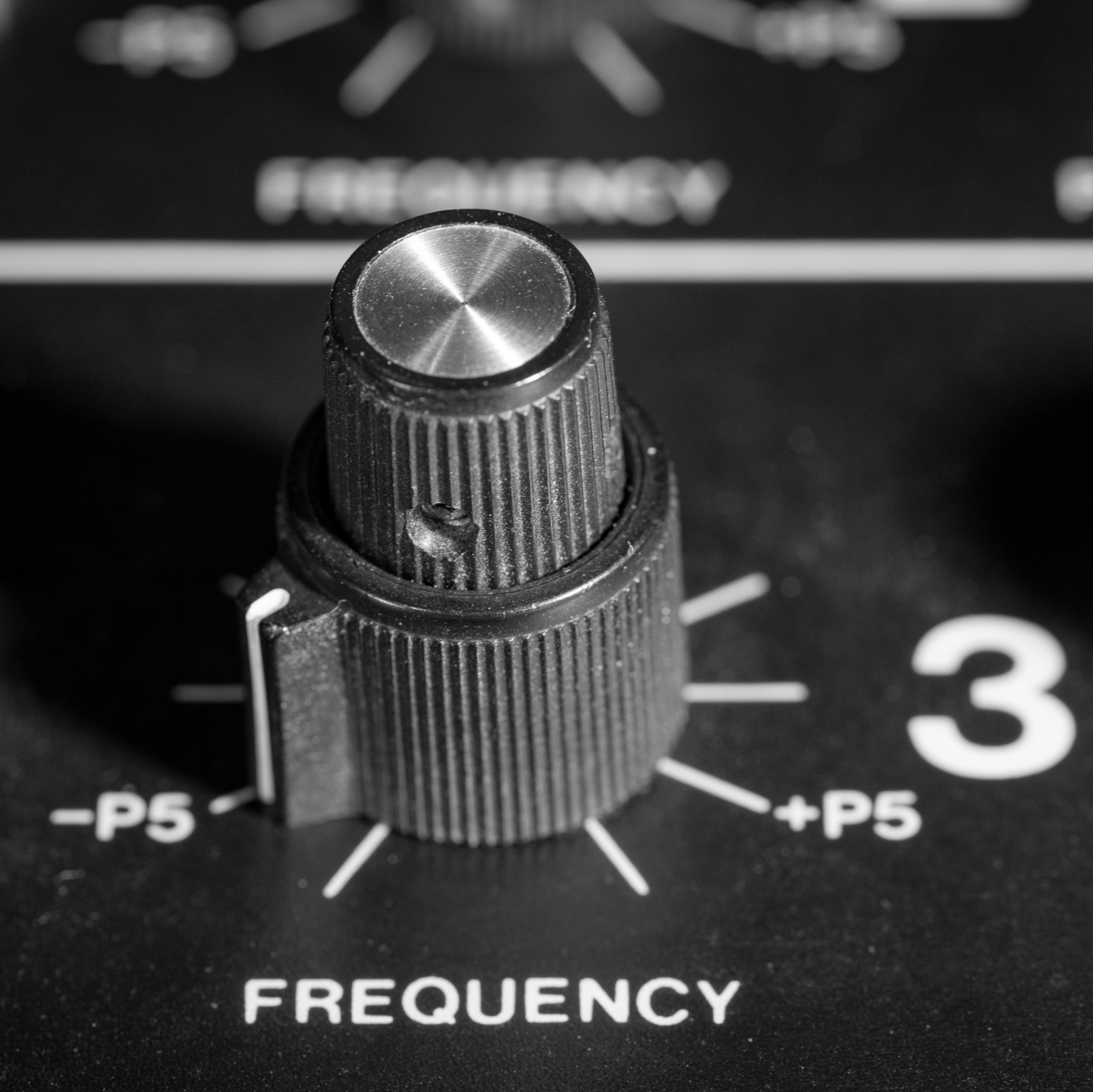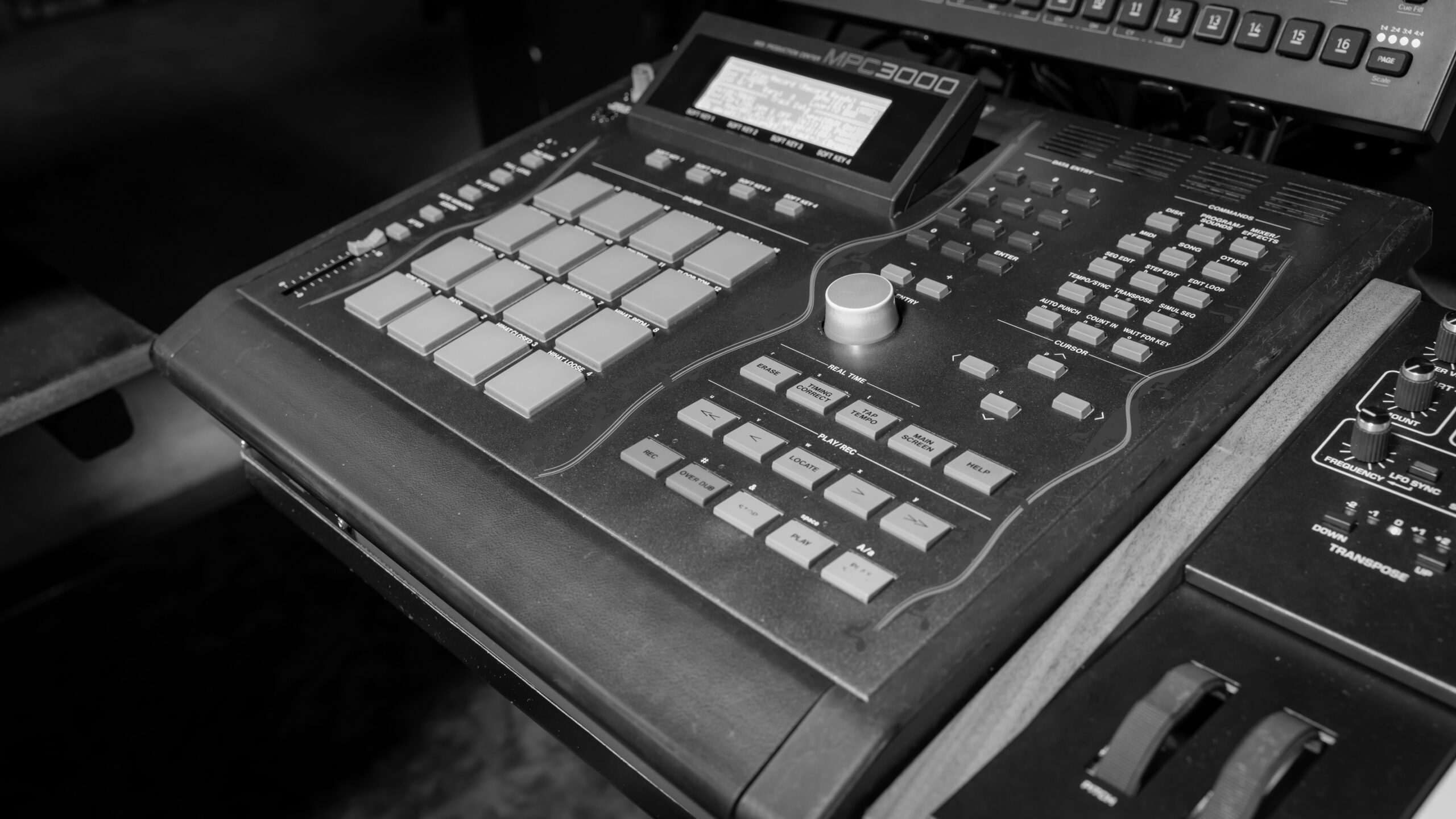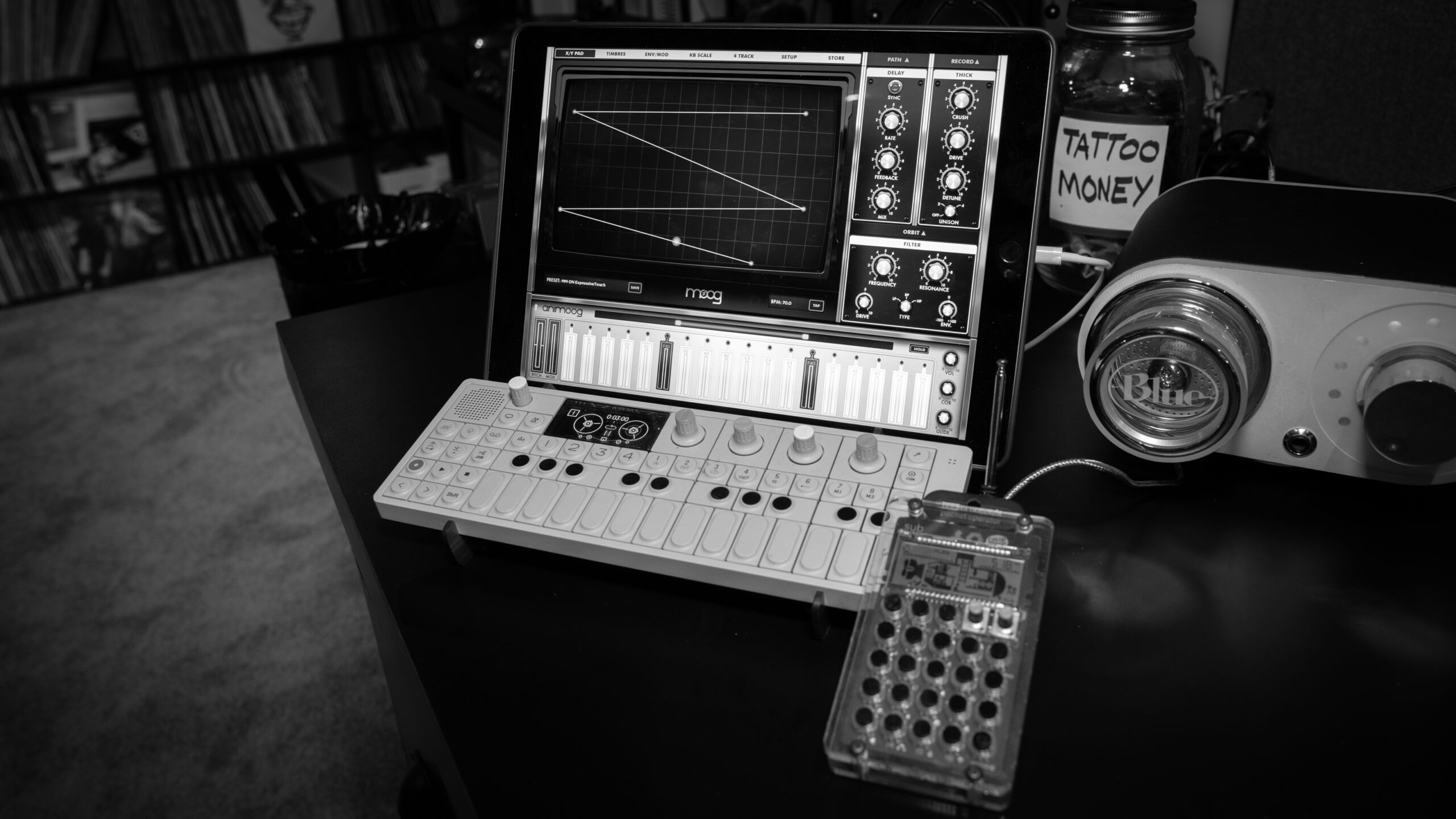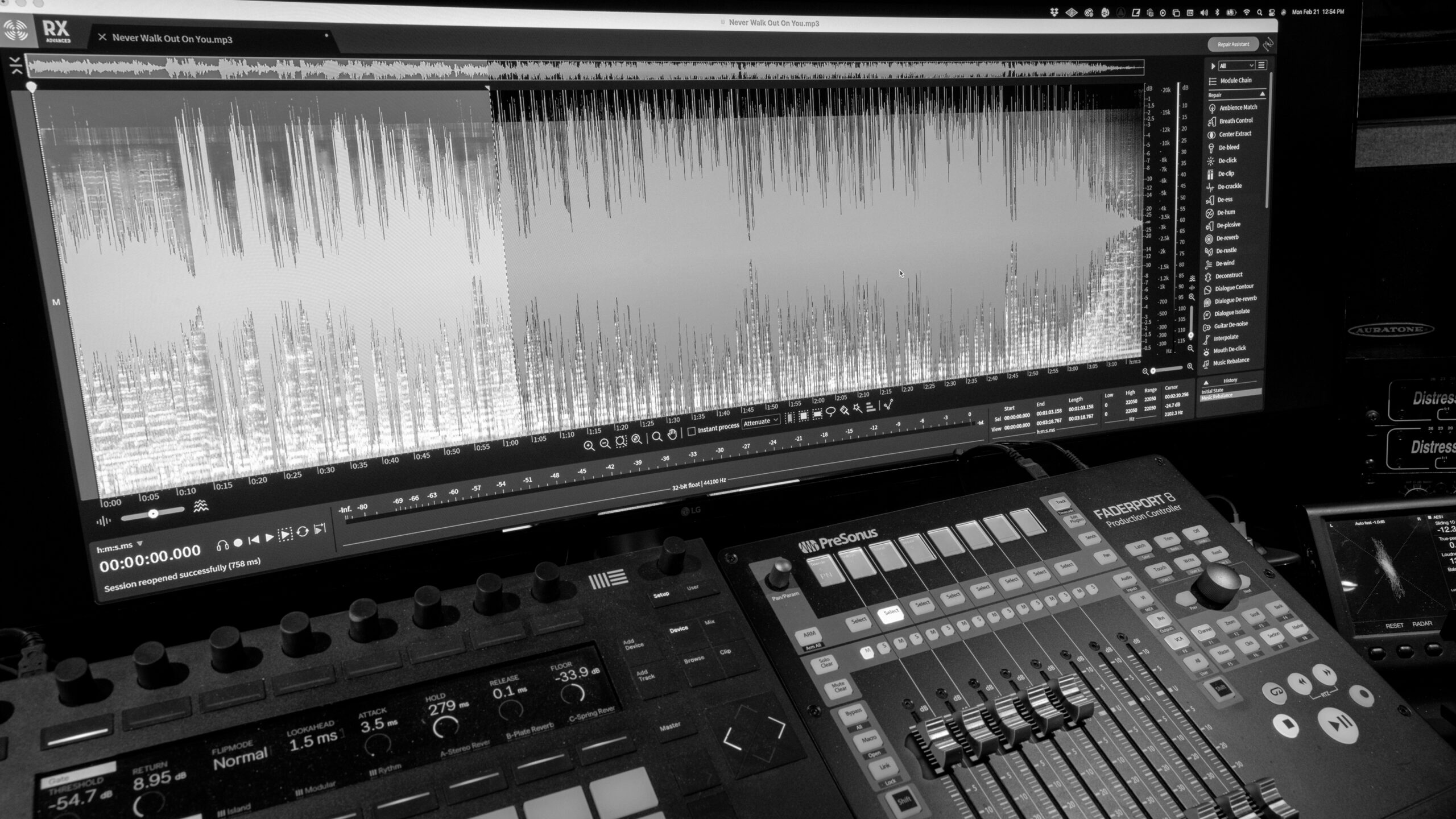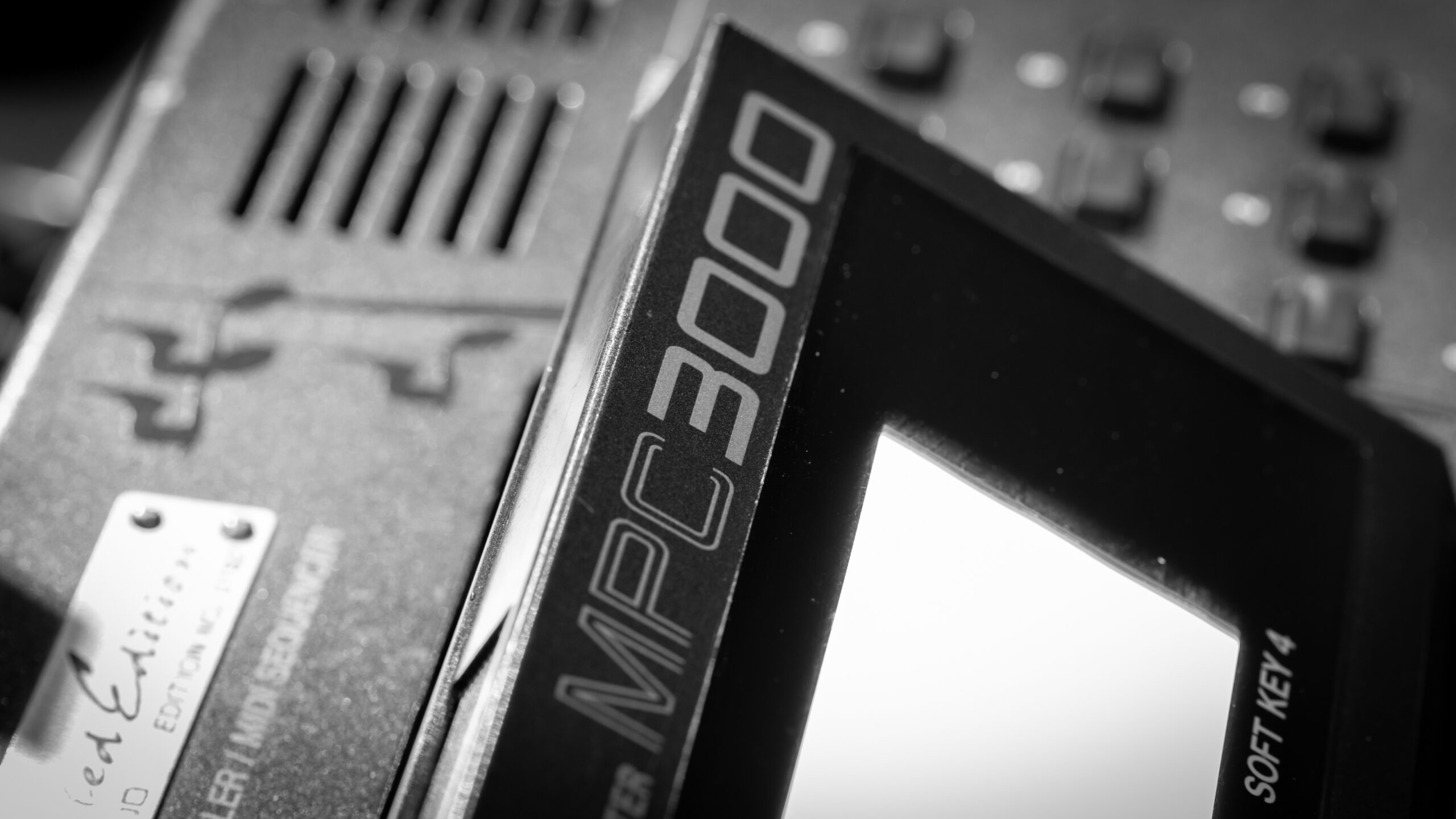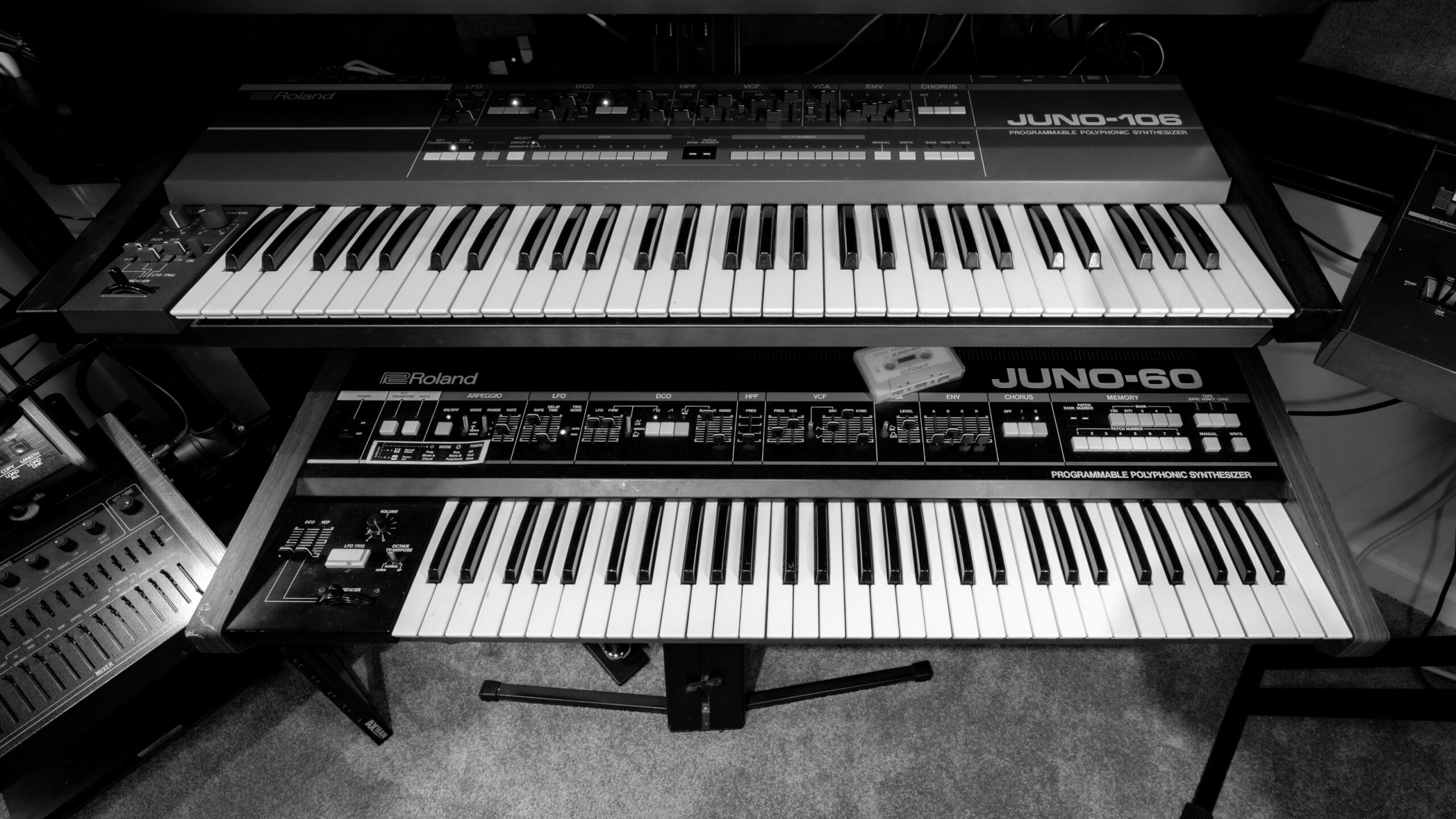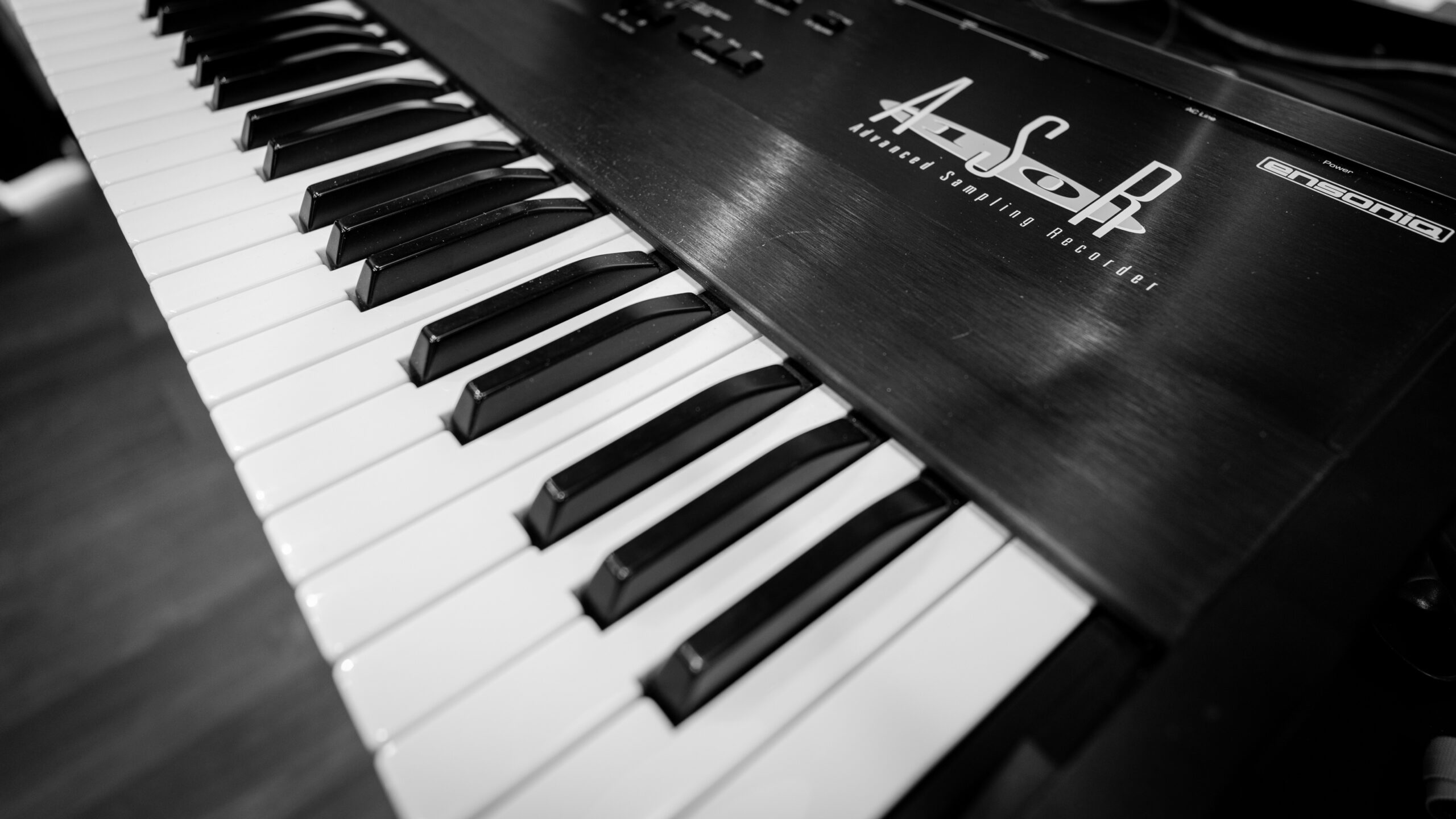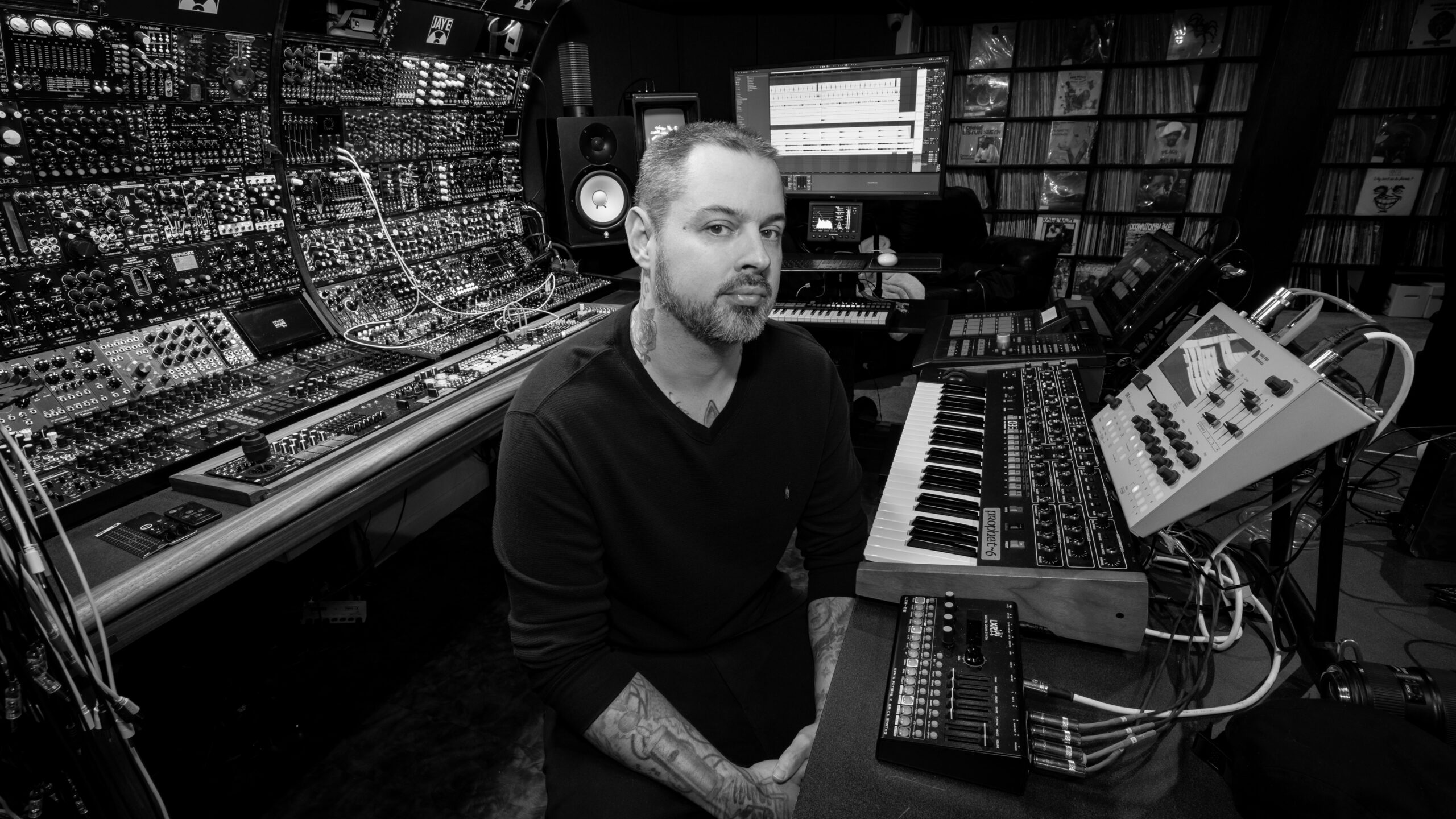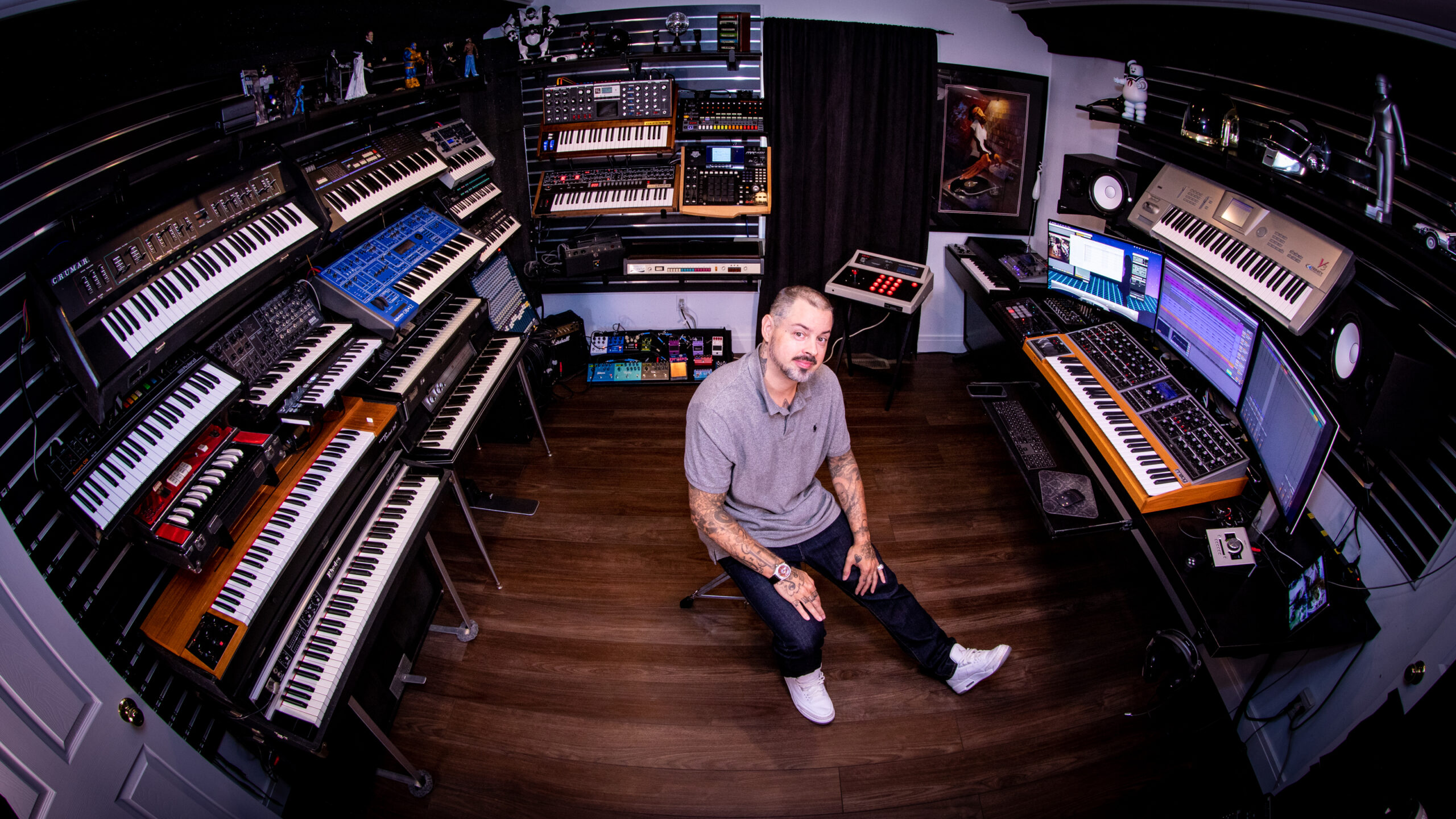1. Favourite knob or fader or switch on a piece of gear and why?
Back when I was working as a recording engineer, I got to assist on a session at Electro-Vox, which is just on the edge of Hollywood. They have an unbelievable gear collection — Neve console, every synthesizer you could name, Hal Blaine’s old drum kit, that kind of thing.
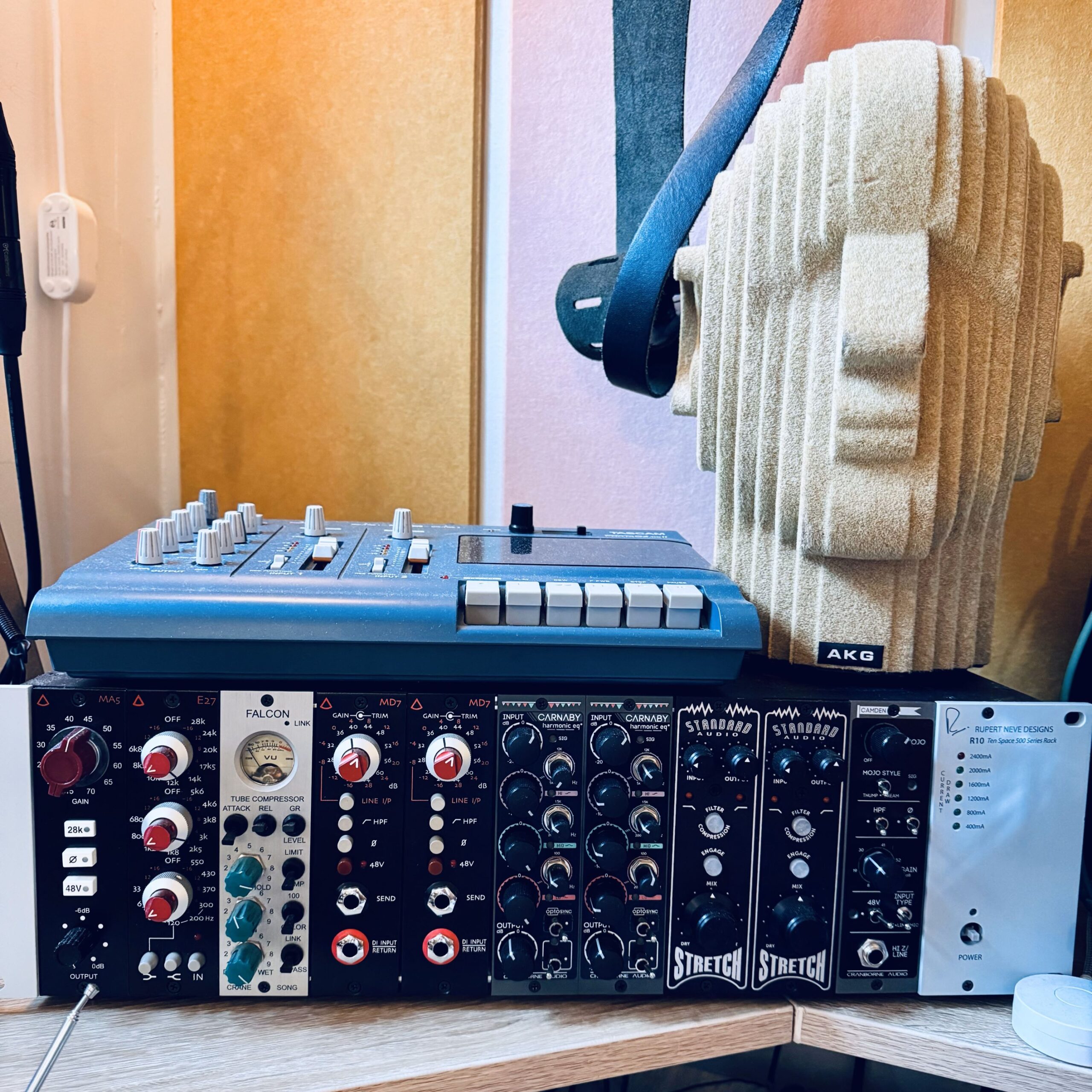
But when I think about the week or so I spent there, I think about the knobs on the Eventide PS101 Instant Phaser that they had racked alongside all the classic Altec and UA preamps. They’re shiny, tactile, and resist with the perfect amount of heft when you turn them left or right.
Even now, it’s easier to see what they look like by seeing Eventide’s plugin emulations, because so many of the original knobs have been replaced on the outboard units they belong to. They’re similar to the knobs on the H910, but I always liked the simplicity of the Instant Phaser better. Still sounds like the future.
2. Do you have an ‘almost’ perfect bit of kit? What would you change?
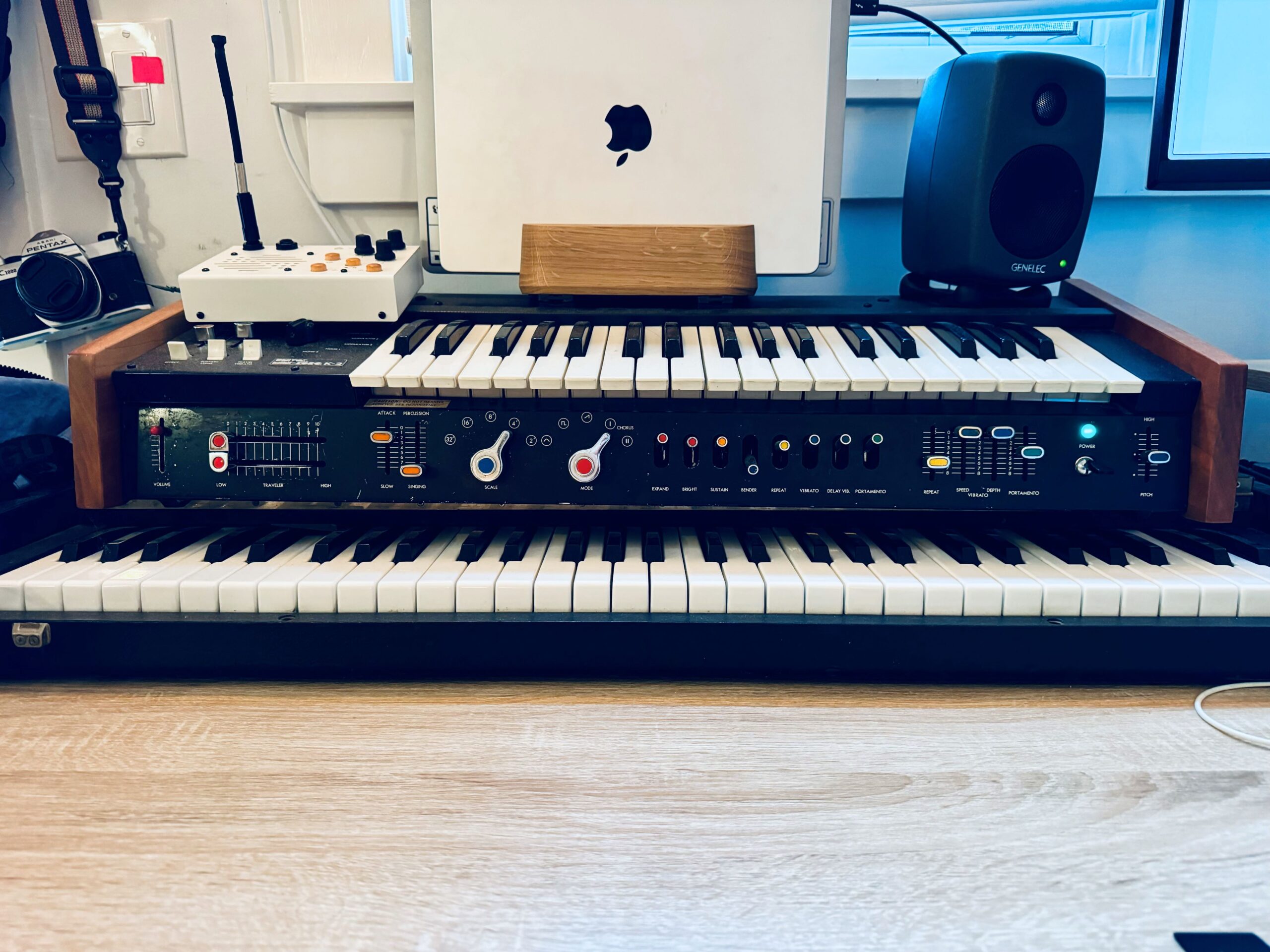
I have a 1974 Univox Mini-Korg K2, which is my favorite monosynth. When I got it, the previous owner had installed a CV-to-MIDI conversion in the back, but the voltage has always been off when I try to sequence it. So I suppose to make it perfect, I’d just have to dig in and get it fixed 😂
3. What setup do you bring on holiday or tour or commute etc.?
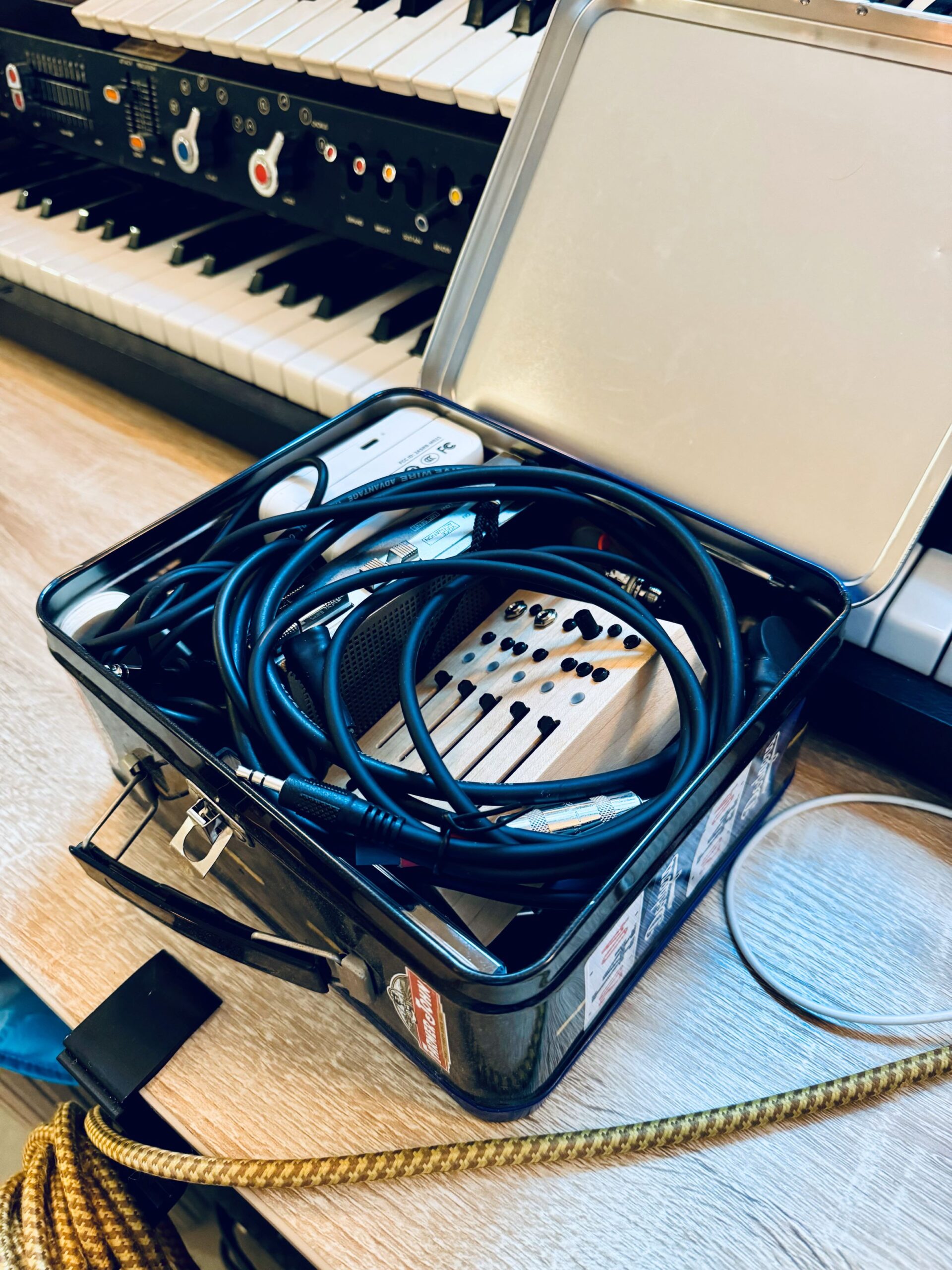
These days, I like to bring a bunch of tiny, weird microphones and plug them into a Critter & Guitar 5 Moons. Contact mics, transducer mics, a Crank Sturgeon Town & Mouth Report — whatever I can throw into a lunchbox. It makes it fun to invite people in and collaborate.
If I can swing it, I’ll also bring my Casio SK-1, which is my favorite small keyboard for so many obvious reasons.
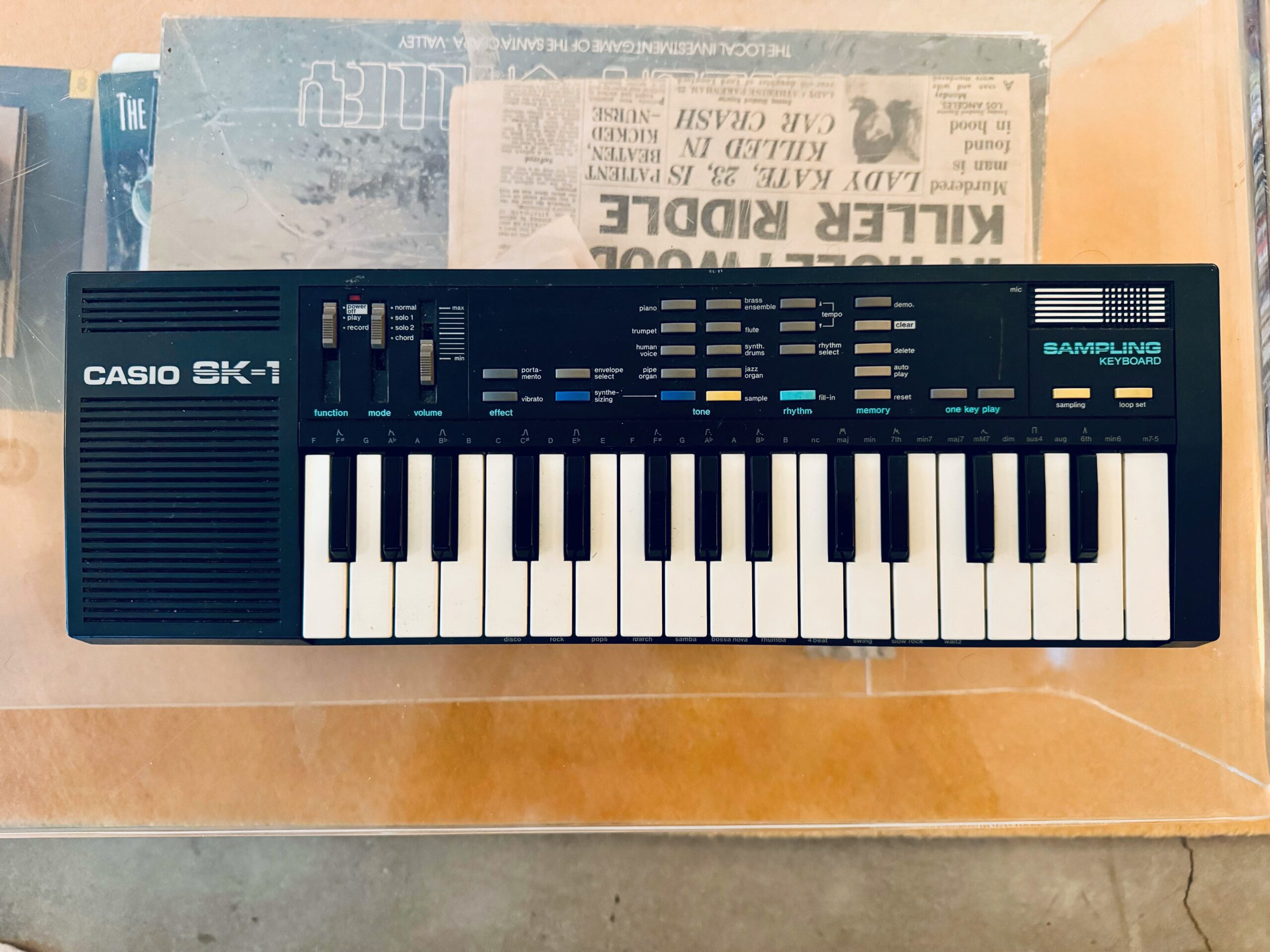
And I’m not sure if this counts, but I purchased a small Bluetooth speaker for my Crocs, which has been really handy around the campfire.
4. What software do you wish was hardware and vice versa?
The answer to both questions for me is simple: filters. I want all my filter plguins to be hardware because it’s impossible to capture the sound of analog filters. And I want all my outboard filters to be software because it’s so easy to recall!
5. Is there anything you regret selling… or regret buying?
I sold two things when I was in high school before going off to college, and I regret both sales deeply.
- A Casio DG-20 electronic guitar
- A pair of original Technics SL-1200 turntables
6. What gear has inspired you to produce the most music?
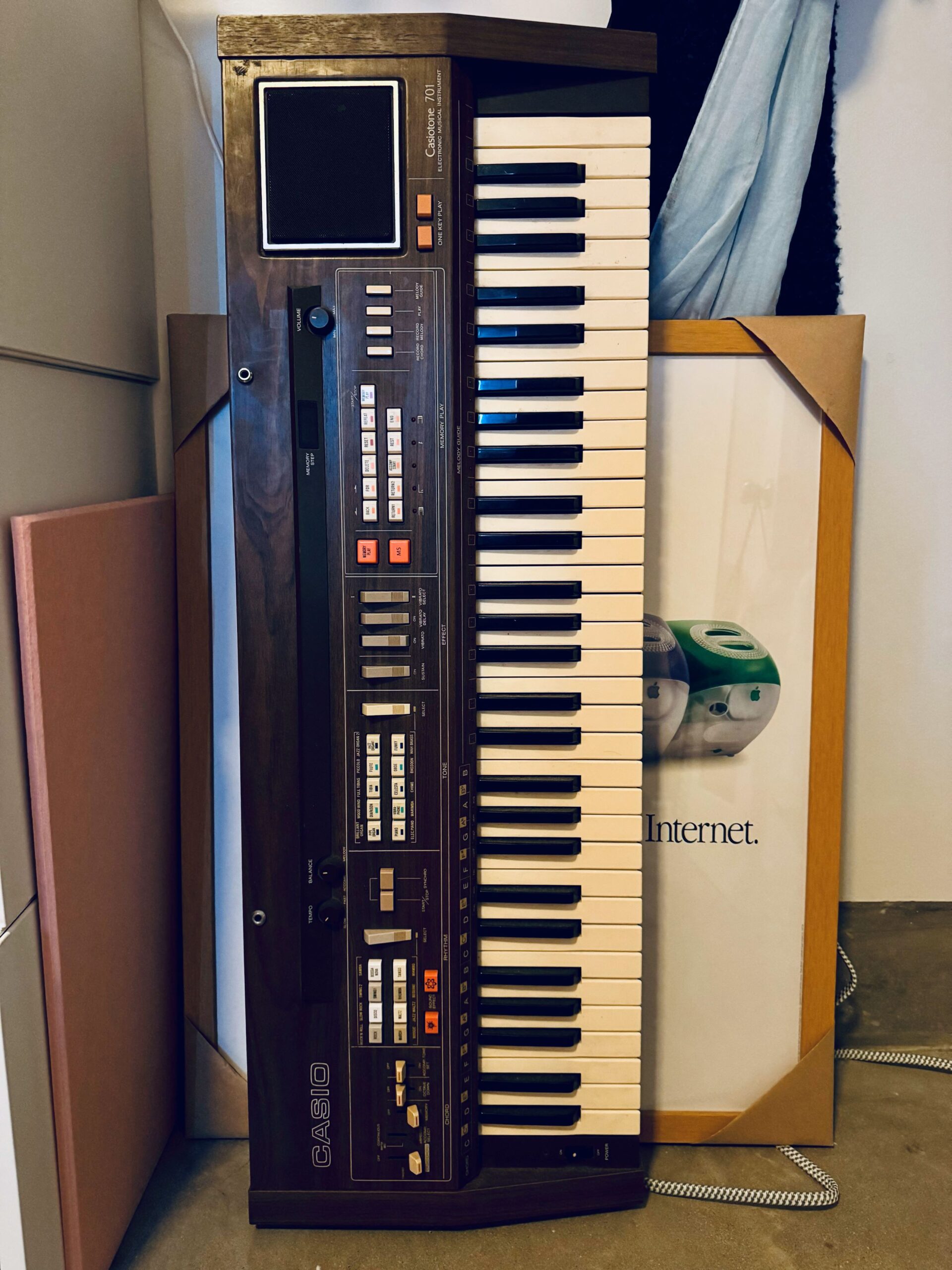
Outside of my electric guitar, which wins on sheer quantity because I’ve been playing it since I was 12, the answer is my Casiotone 701. It’s been my primary keyboard in almost every apartment I’ve lived in, and so it’s been the machine I go to when I have an idea and need to bang it out.
There are 2 or 3 drum patterns on there I always return to, and the electric piano sound is perfectly soft. There’s no velocity sensitivity so it forces me to put a ton of emotion into the progressions and melody, because I can’t summon any dynamic change. Then later, when I’m able to play with quiet and loud, everything can be that much more impactful.
7. If you had to start over, what would you get first?
I don’t think I’d change a thing, honestly. Every detour led me to where I am today.
8. What’s the most annoying piece of gear you have, that you just can’t live without?
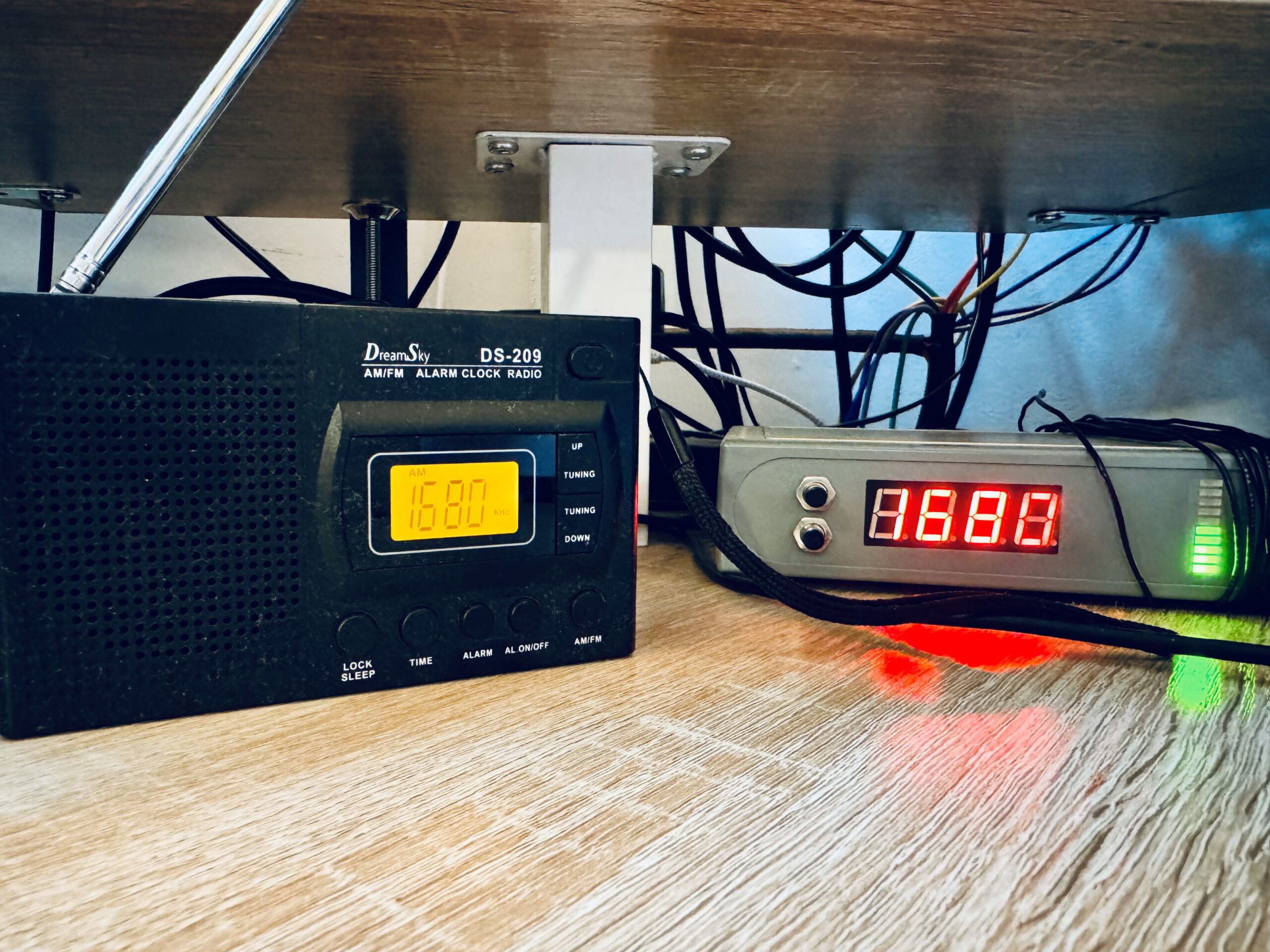
I have an AM radio transmitter than I’ve hooked up into my patch bay. It’s a pain in the ass to get a signal, and a pain in the ass to get signal into it. But it’s the coolest thing in the world to be able to send a track out from Ableton, into the airwaves, and then back in by recording a handheld AM radio. Magic.
9. Most surprising tip or trick or technique that you’ve discovered about a bit of kit
I love outboard drum machines, but I don’t nearly have the money for my favorites — a Linn Drum, a Drumulator, or a DrumTraks. But! I do have an Alesis HR-16 and some hacked ROM cards you can find on eBay. Does the trick in a pinch.
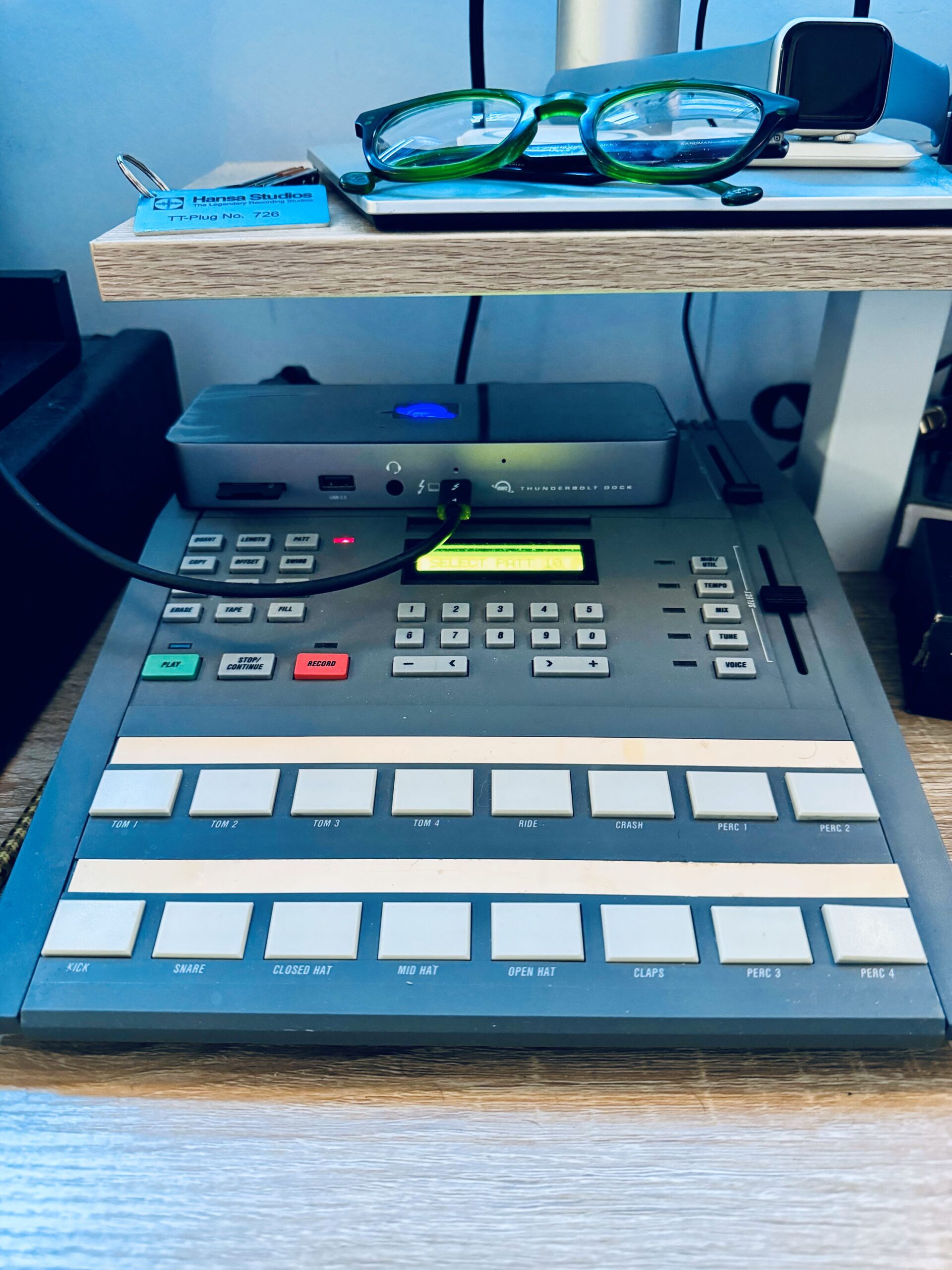
Artist or Band name?
Simulcast
Genre?
post-apocalyptic punk
Selfie?
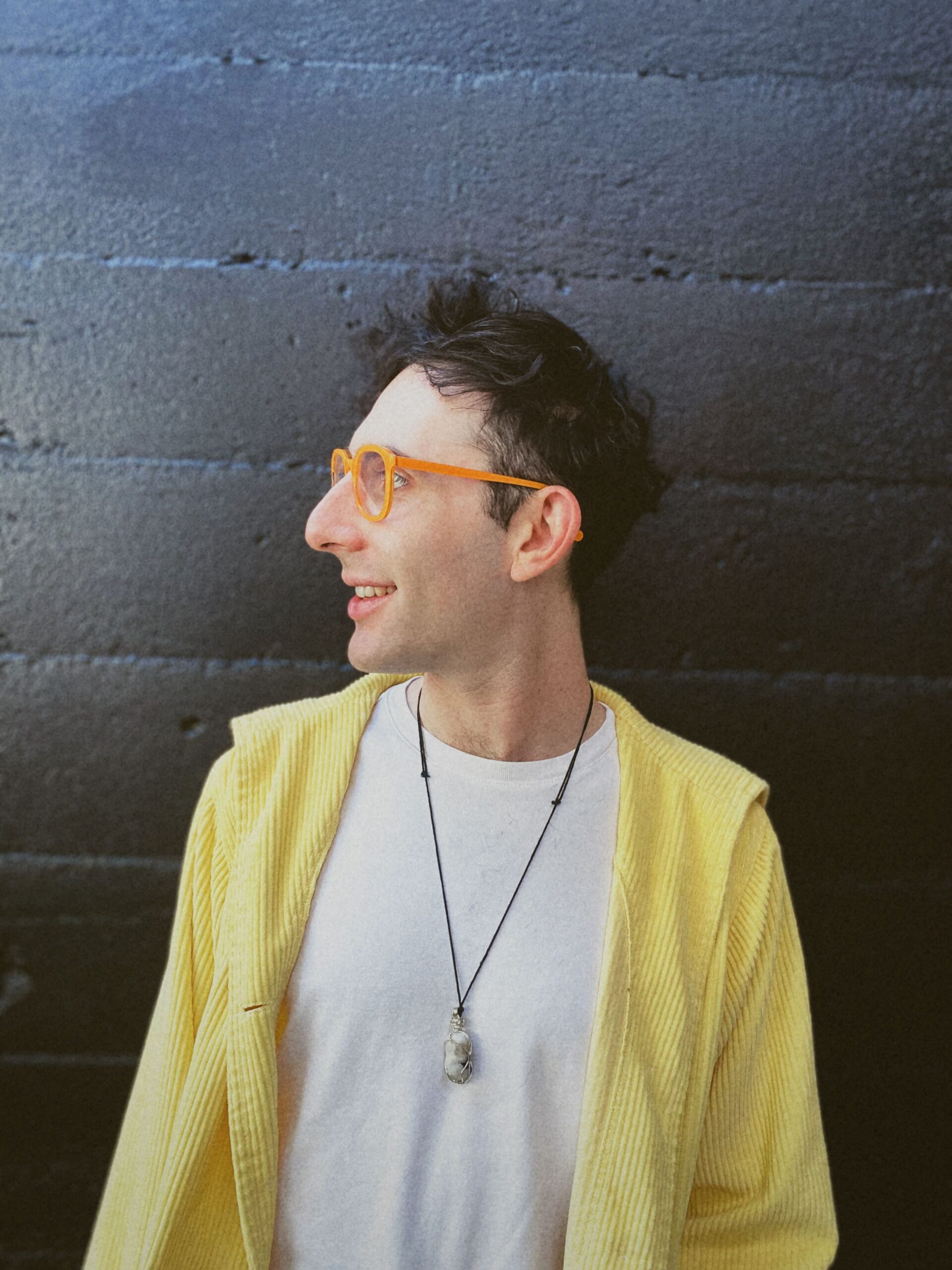
Where are you from?
Los Angeles, CA
How did you get into music?
When I was 5 years old, my friend Carly took me to the Virgin Megastore. She was friends with my parents, and the perfect non-parental adult figure in my life — the first person to give me perspective on my own family. She asked what CD I wanted to buy. I told her I wanted Irresistible by Jessica Simpson. She said no and bought me Daft Punk’s Discovery instead. The rest is history.
What still drives you to make music?
I work at Splice now, where I’m empowered to ask musicians how they make their music. Those conversations inspire me to keep going.
How do you most often start a new track?
Late at night, baseball on TV, sitting on the couch with an acoustic guitar.
How do you know when a track is finished?
When I start coming up with reasons why I shouldn’t put it out.
Show us your current studio

Best creative advice that you’ve ever heard?
Someone repeated this to me from a songwriting workshop they took with Chris Cohen, so I’m probably getting it wrong in the game of telephone. But the general idea is that there are two creative modes: generation and organization. And I’ve extended that with the realization that whenever I’m stuck, it’s because I’m trying to force one when I should be doing the other.
Promote your latest thing… Go ahead, throw us a link.
This is embarrassing, because my “latest” is something from 2019. I’ll put out new music soon. But until then: https://open.spotify.com/album/6GG1EOSk4SLqmh7Dzfw6FV
